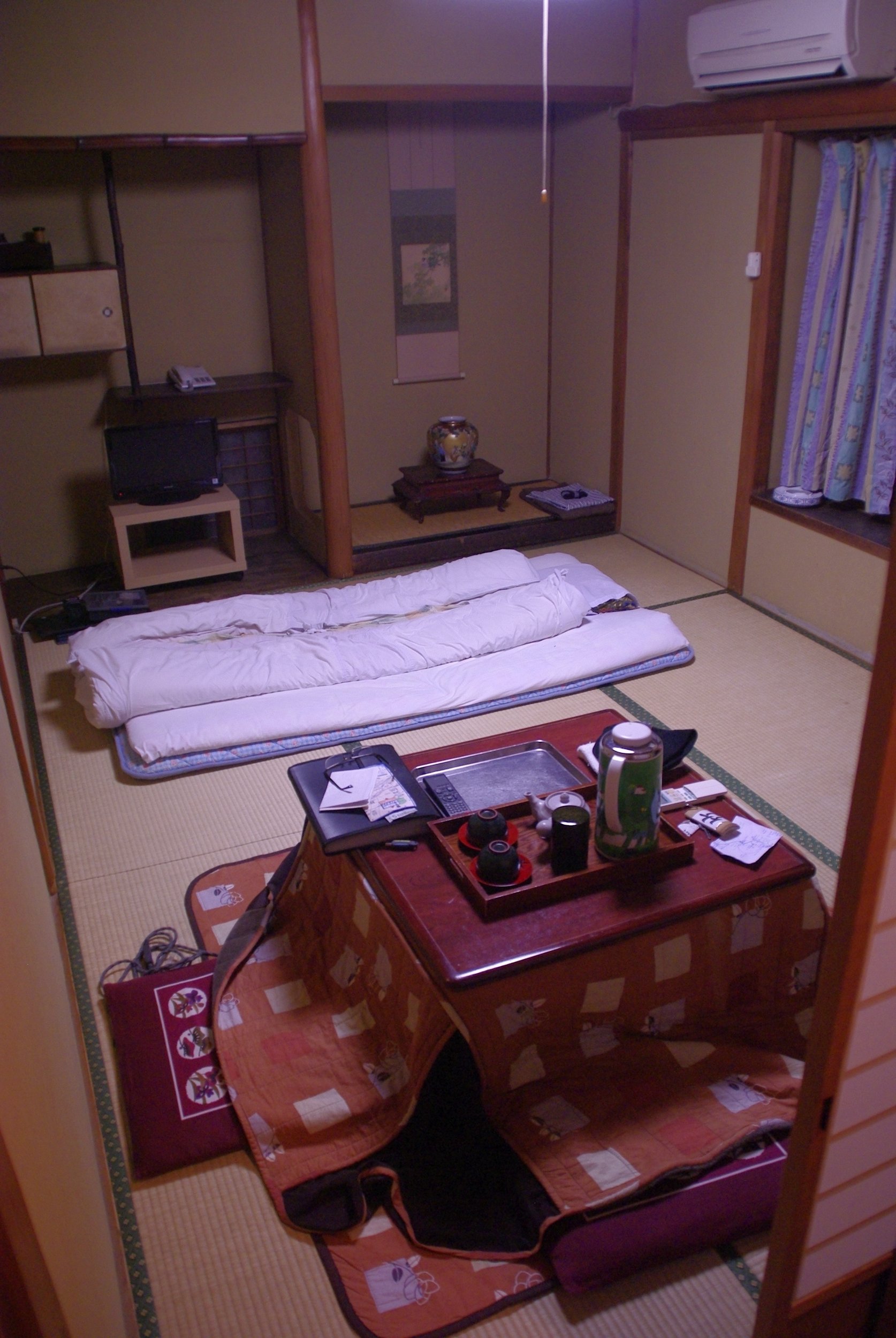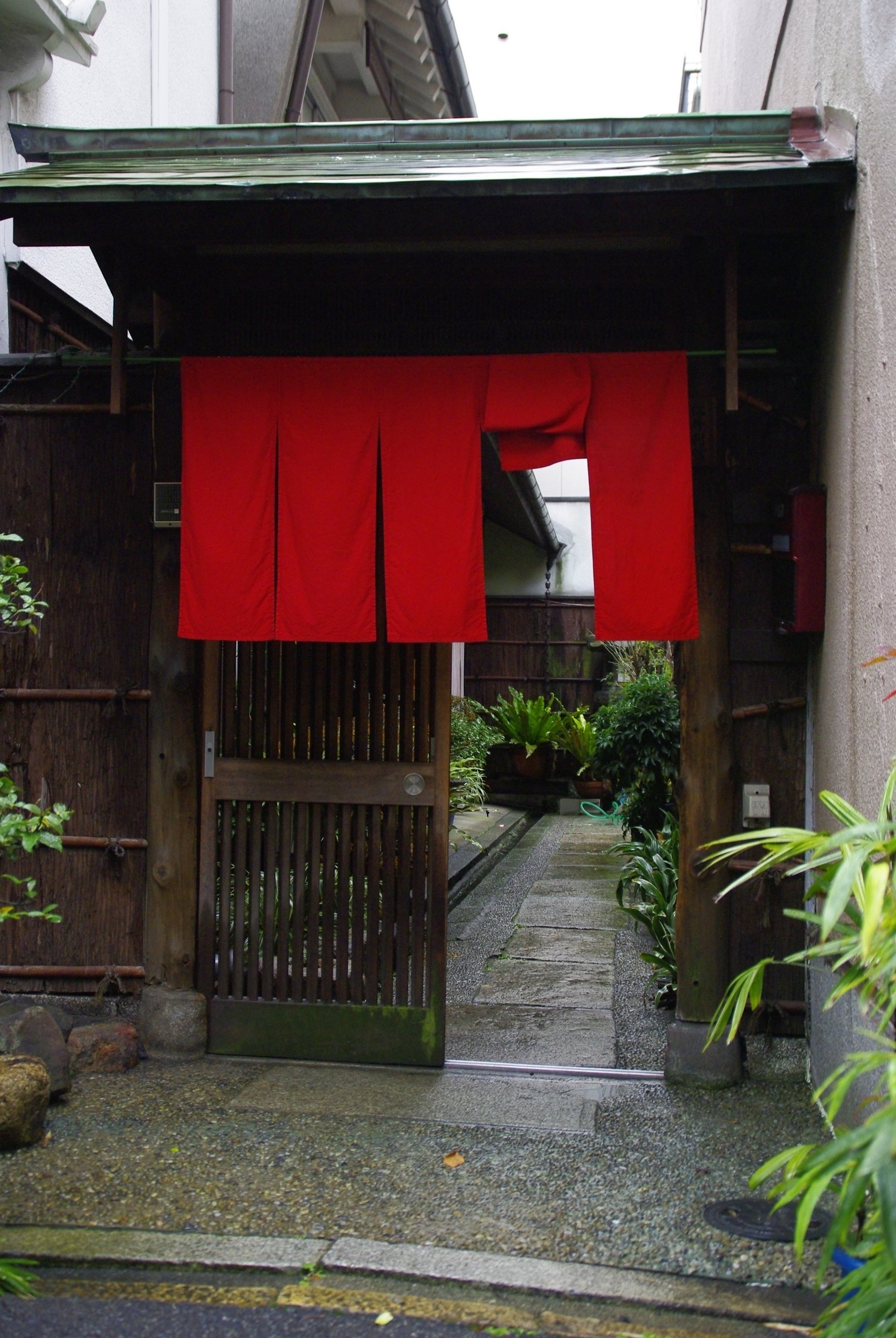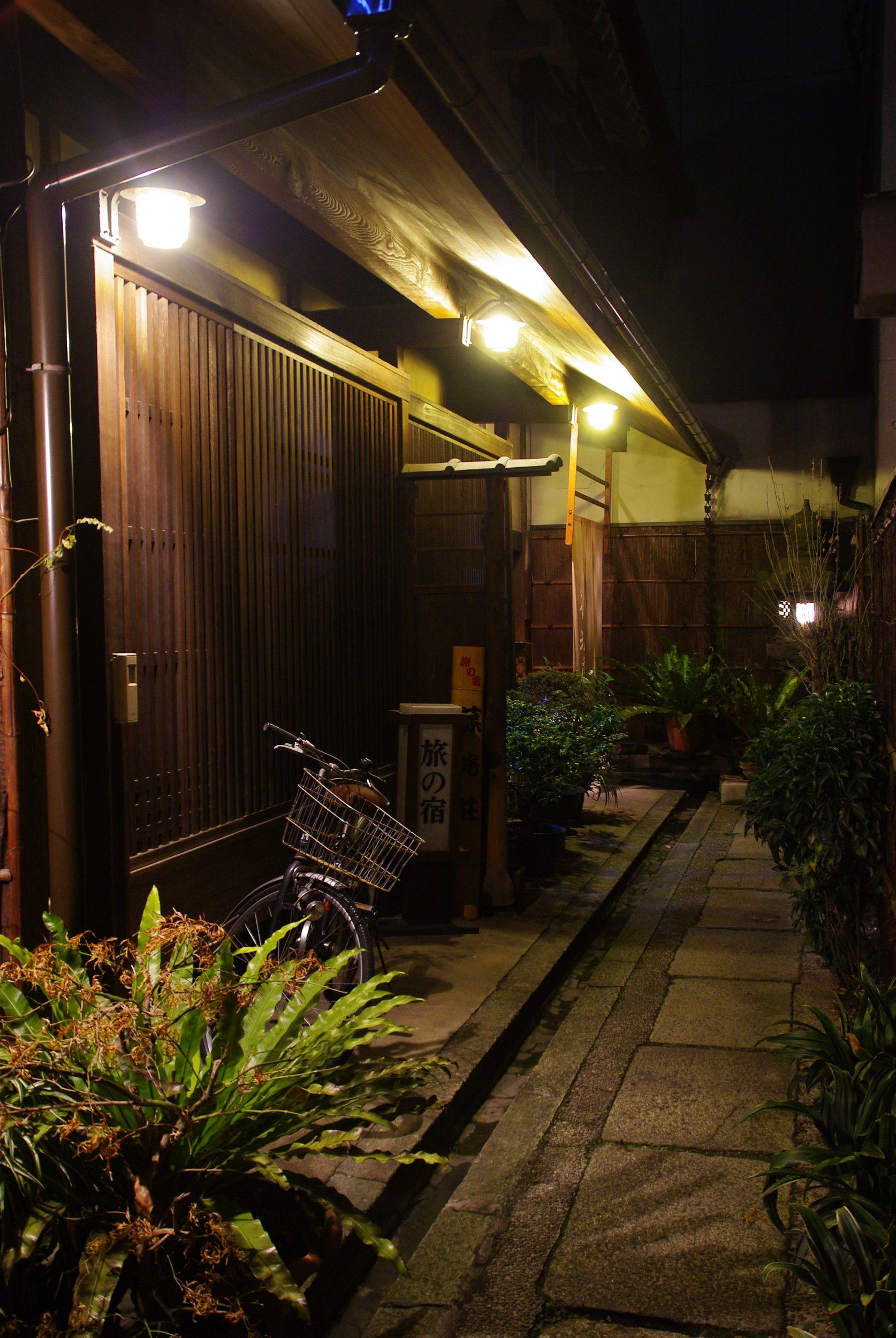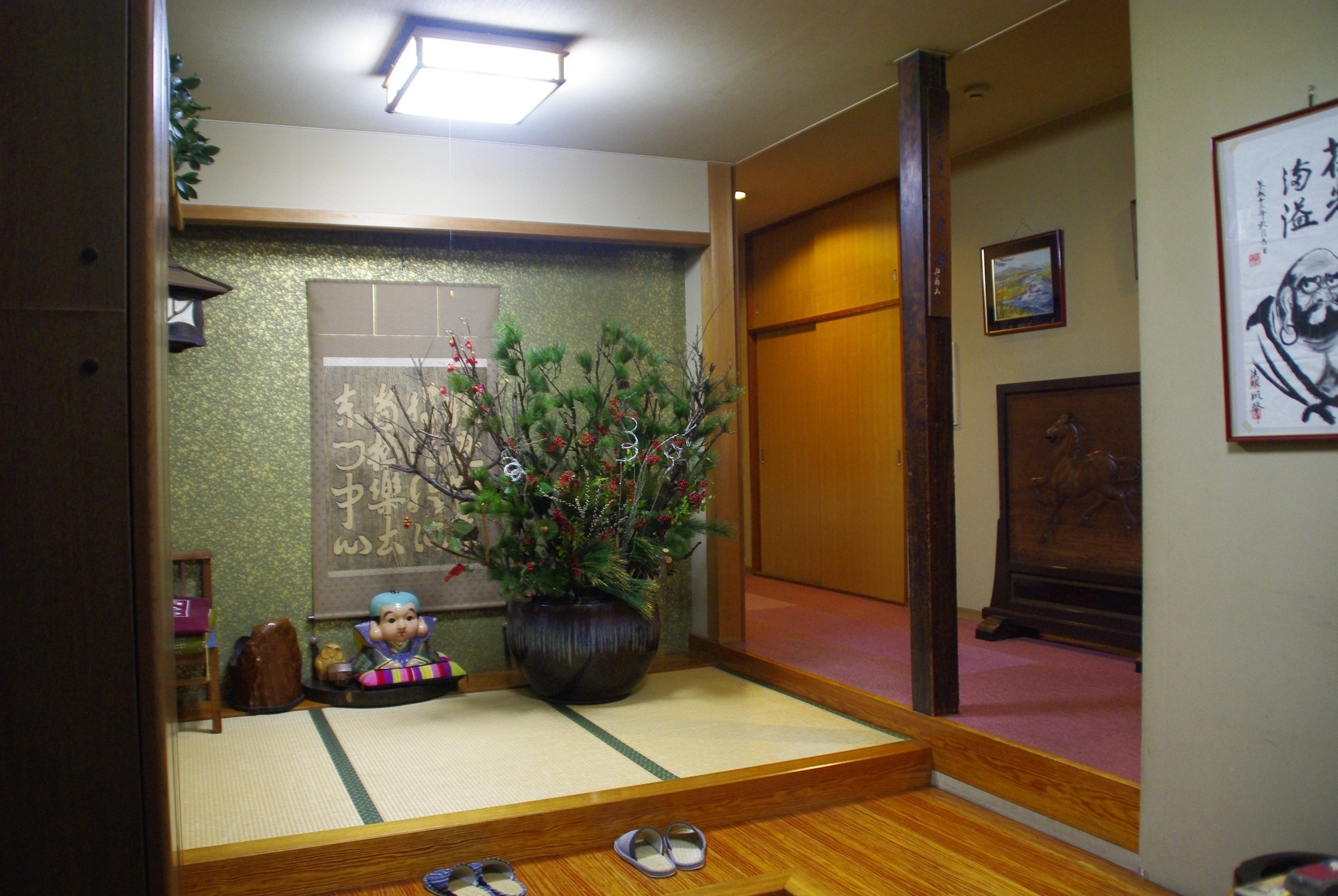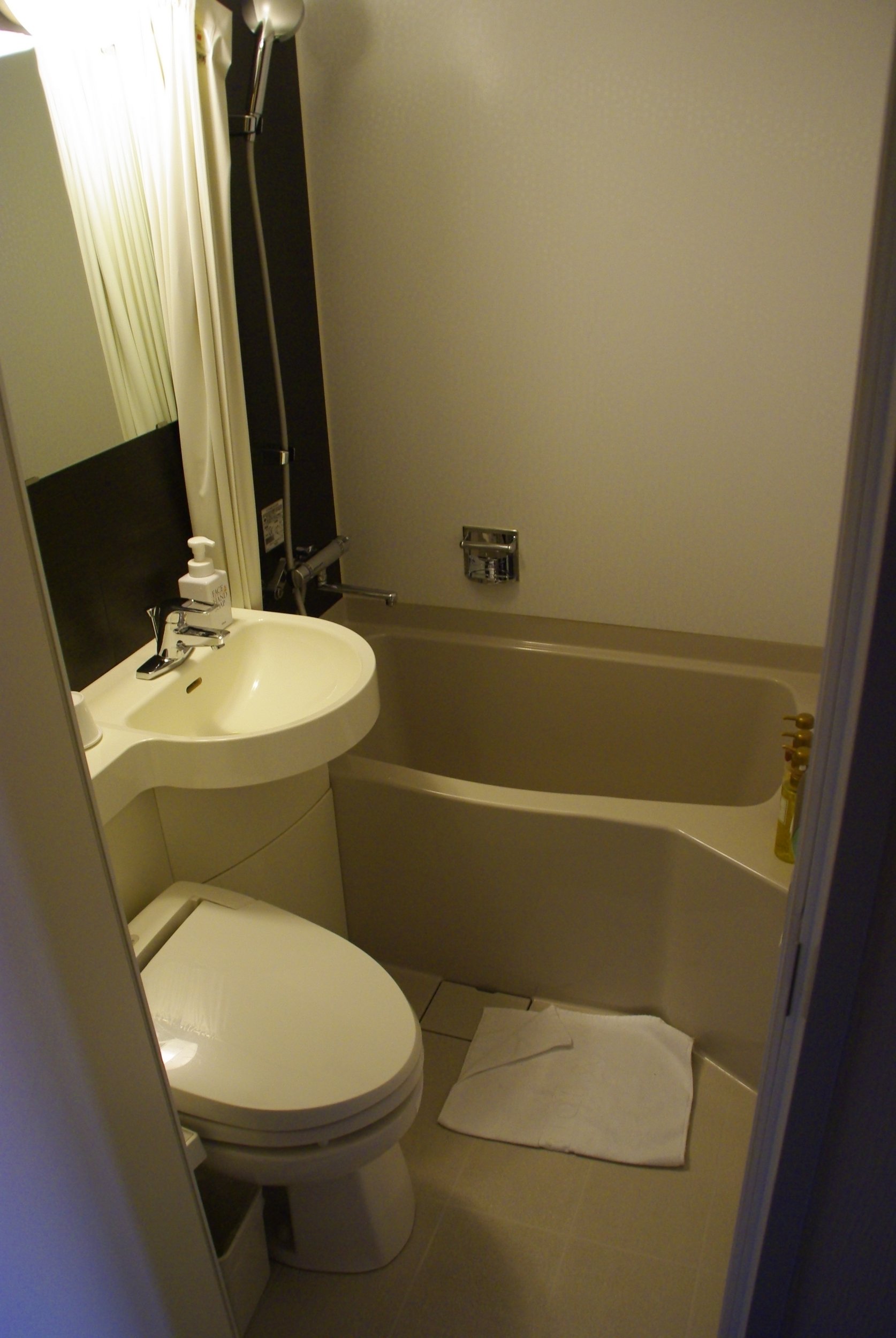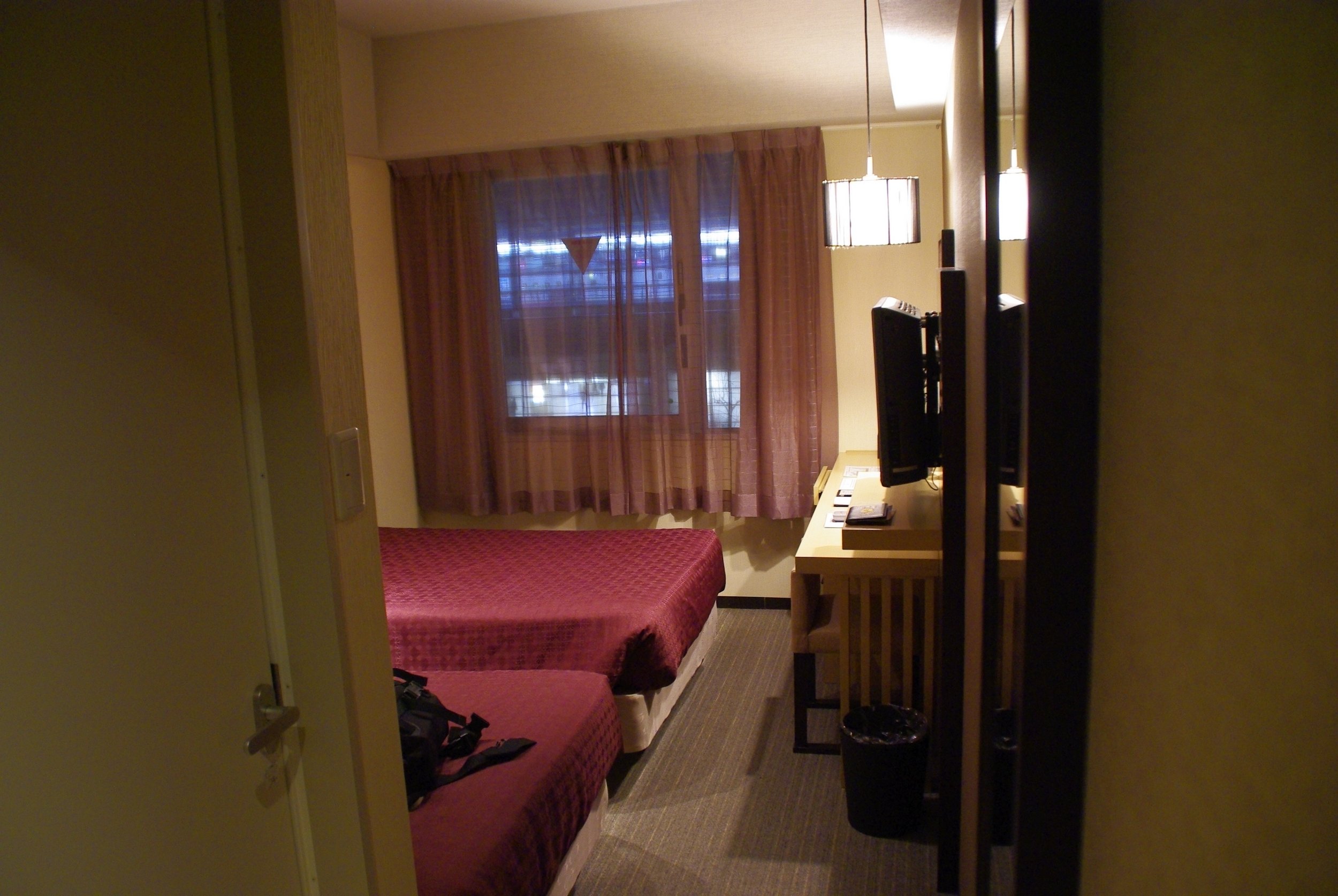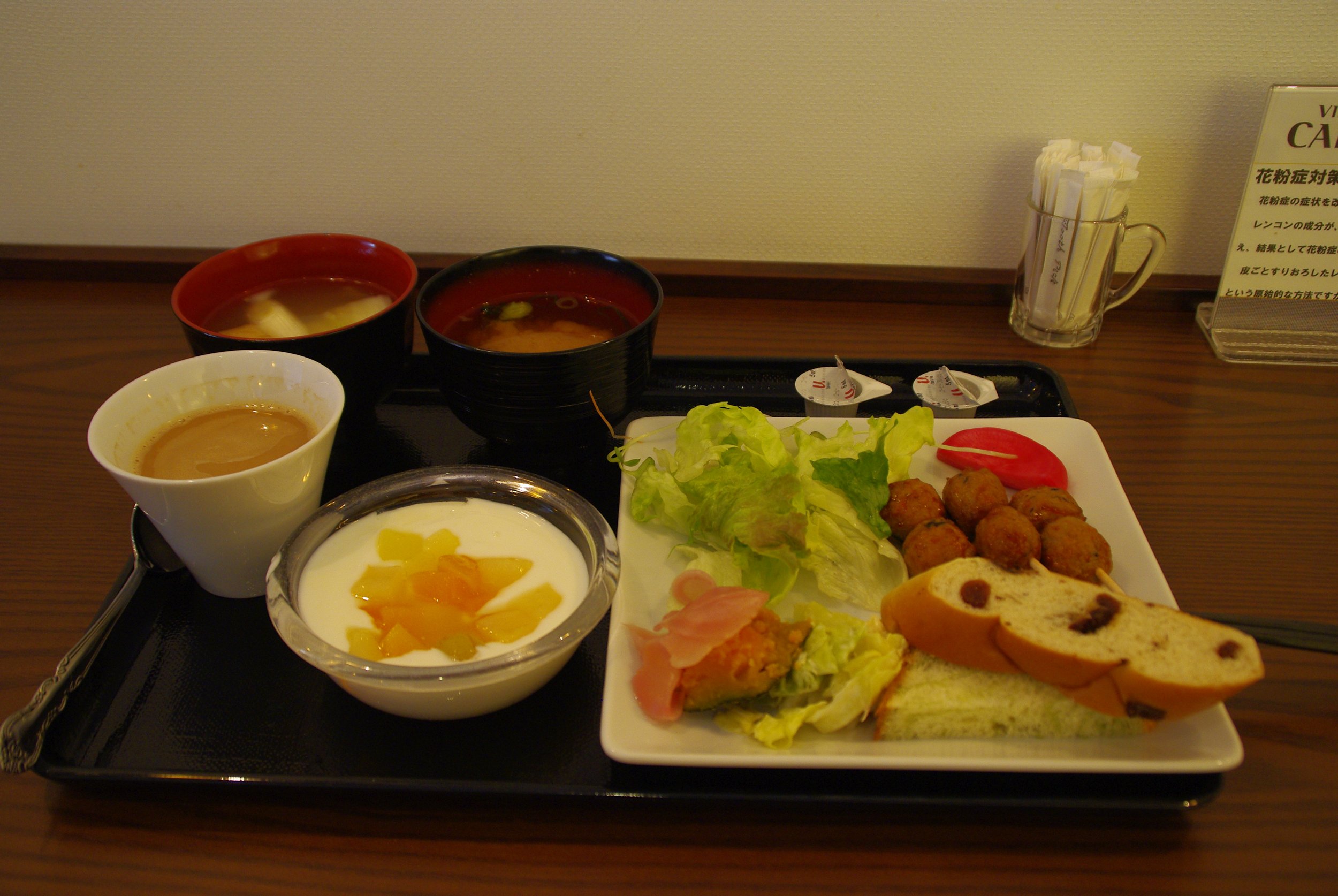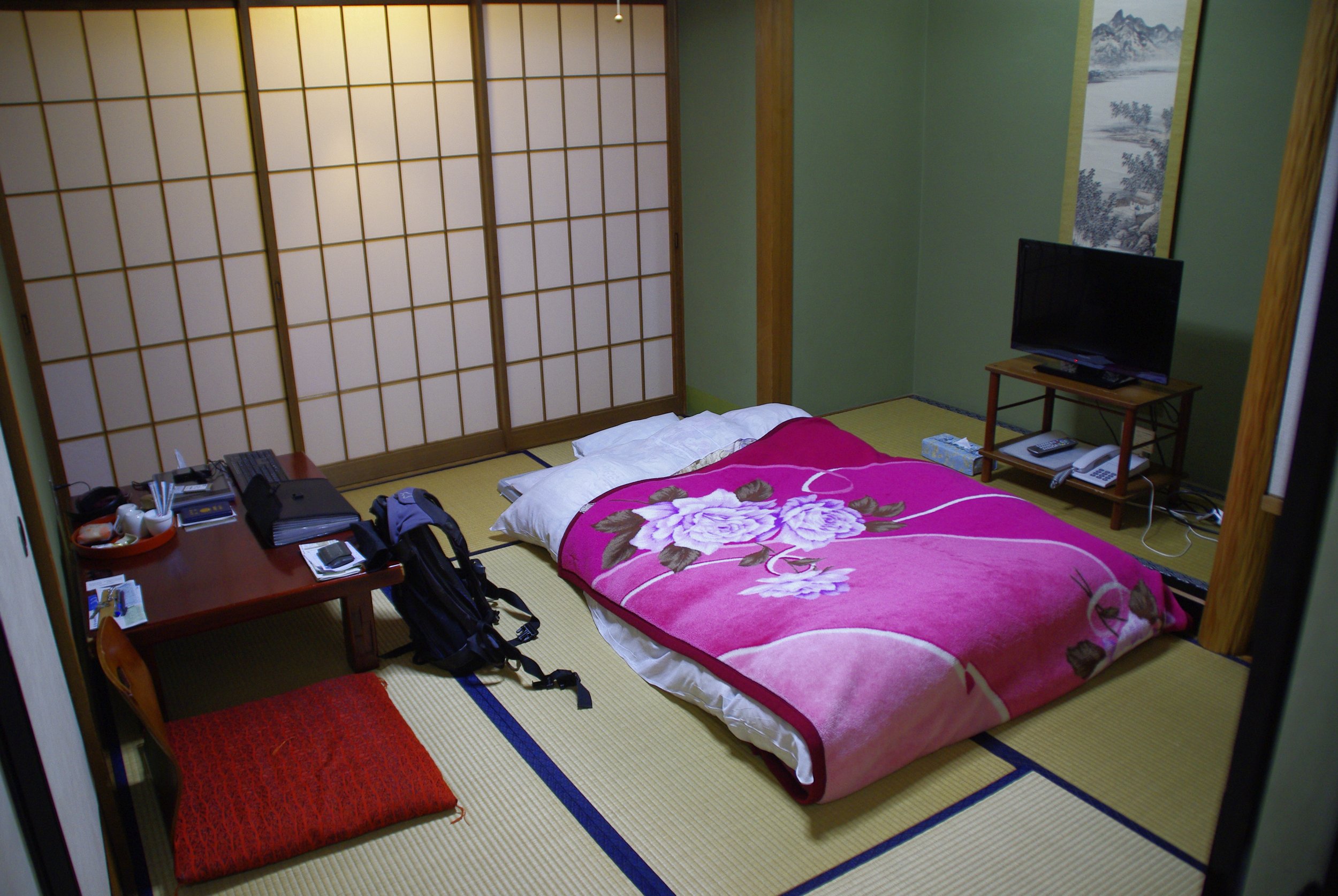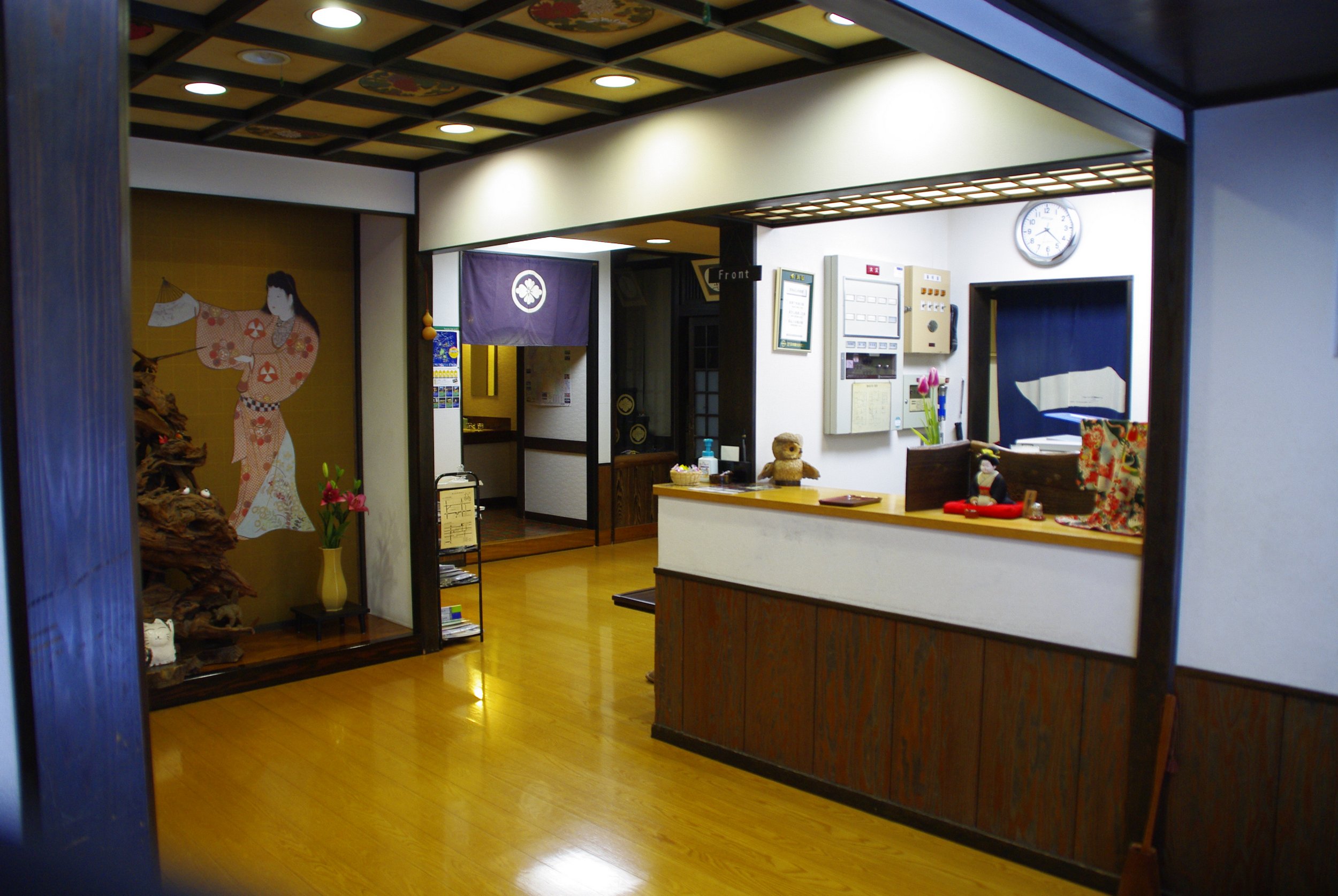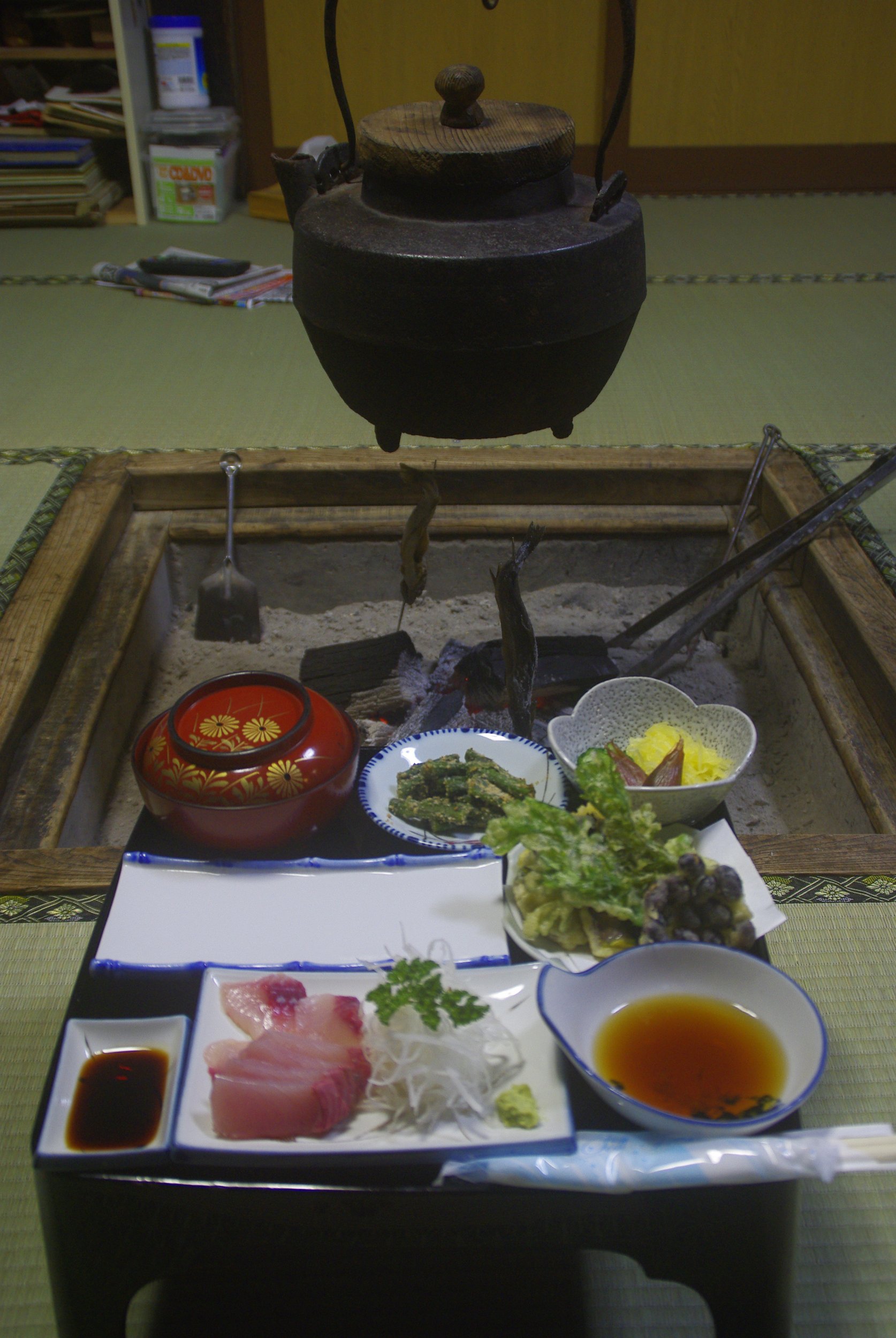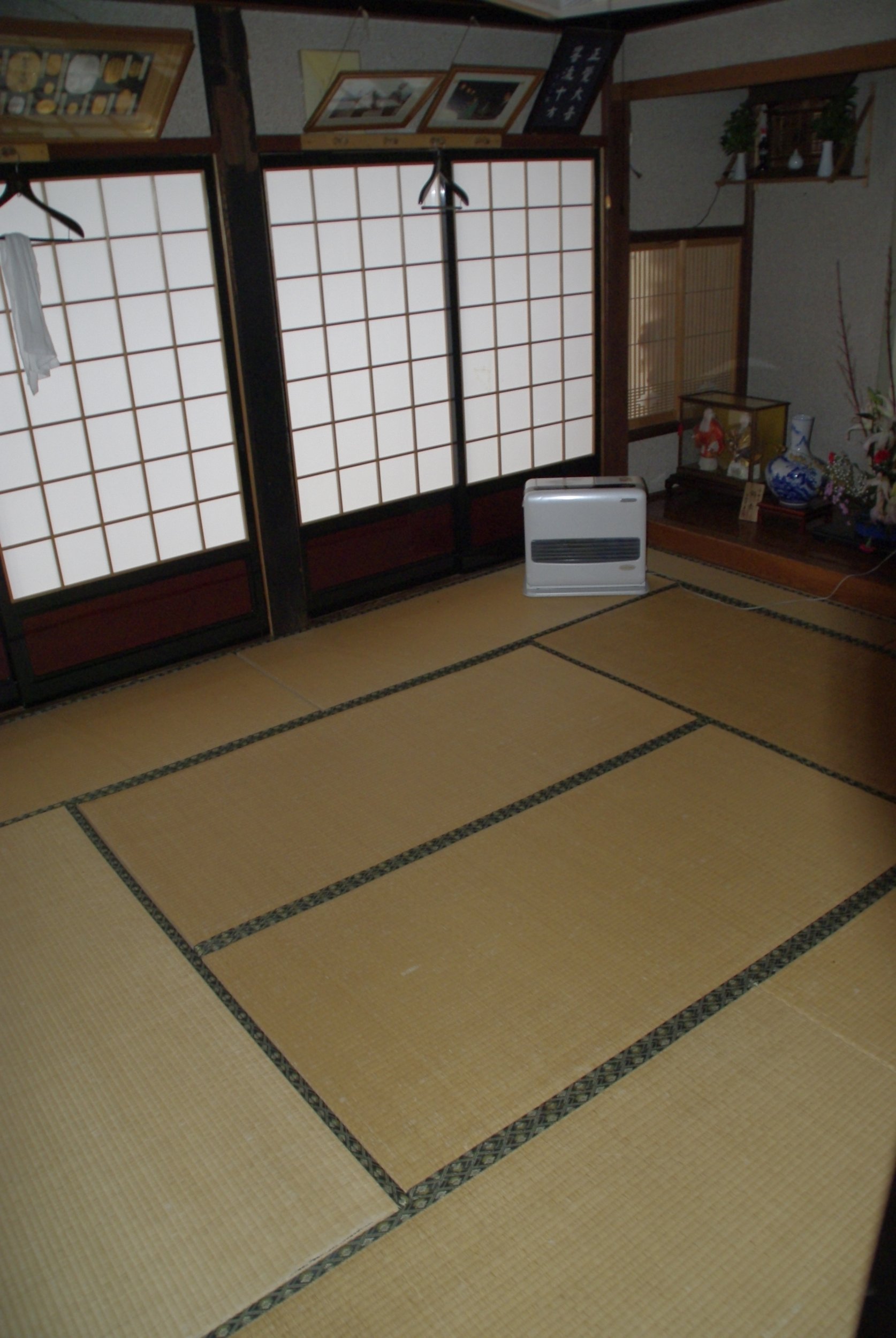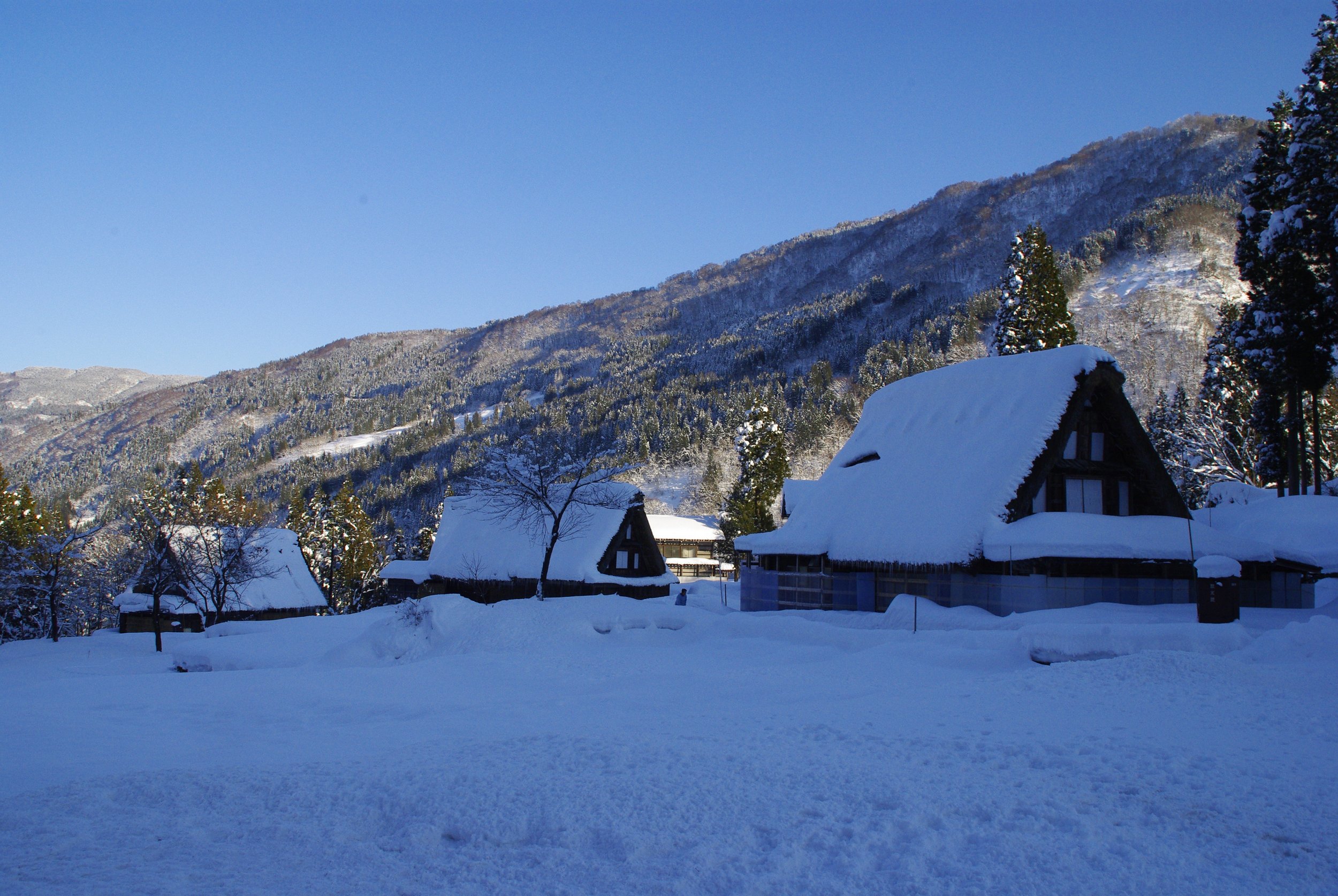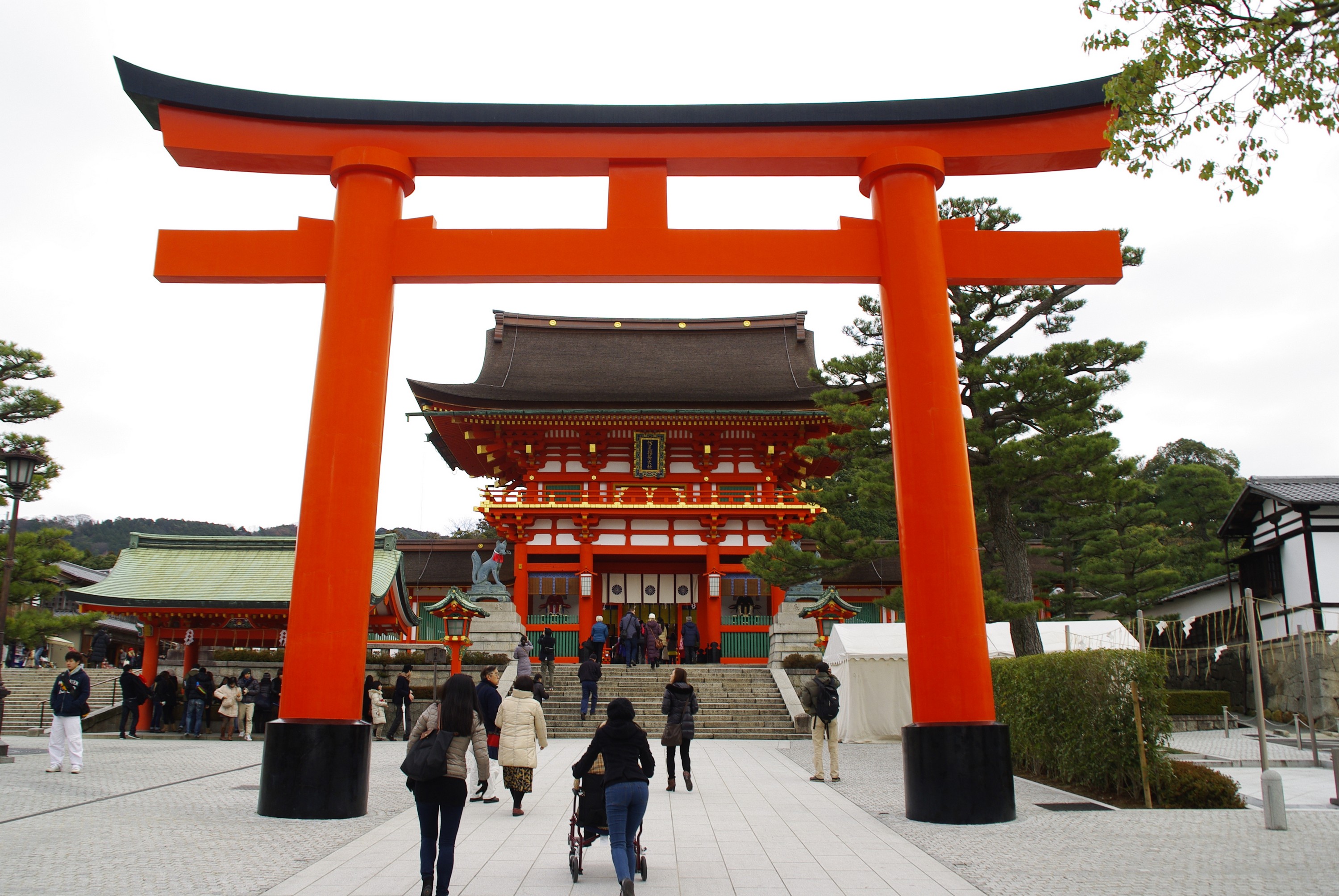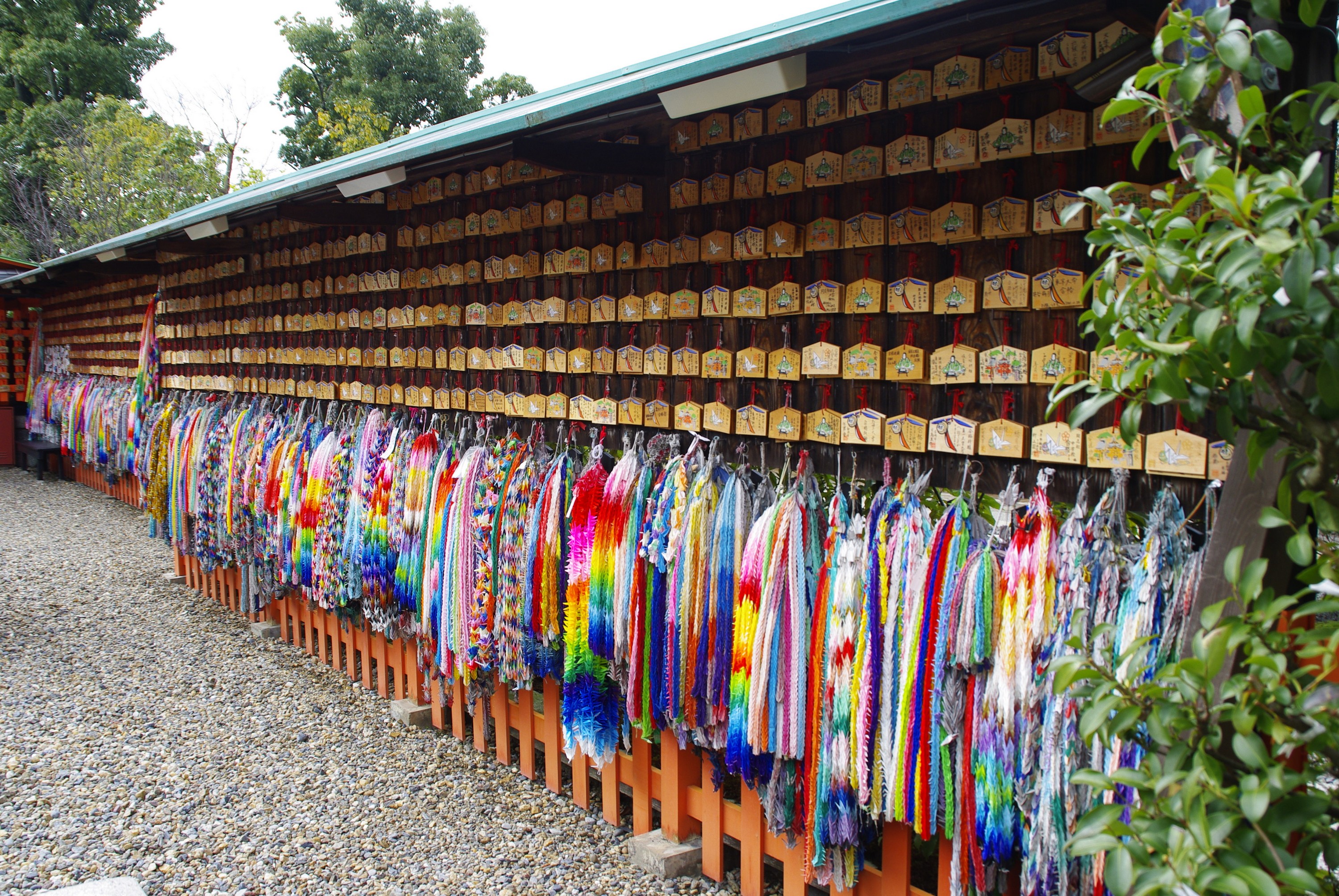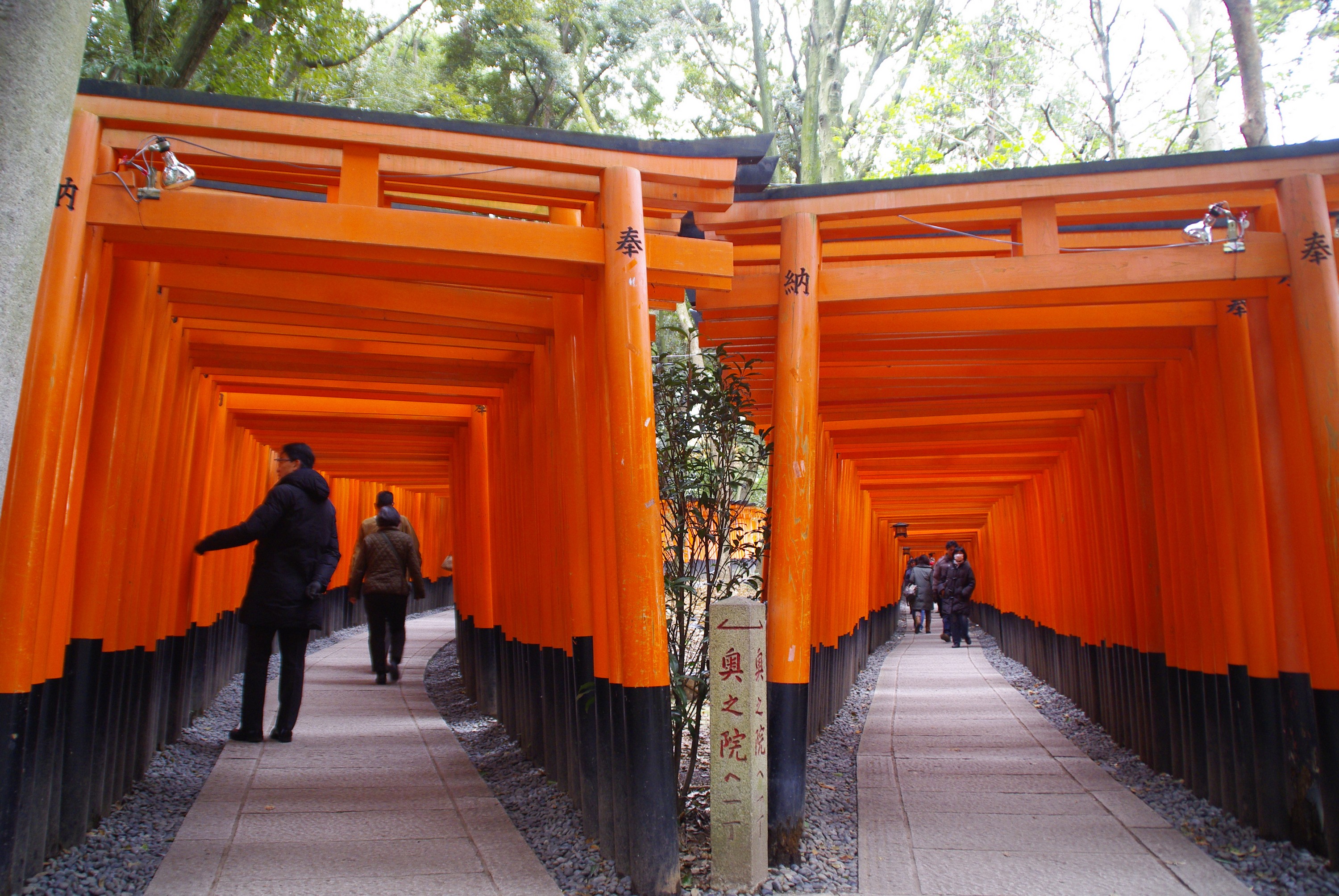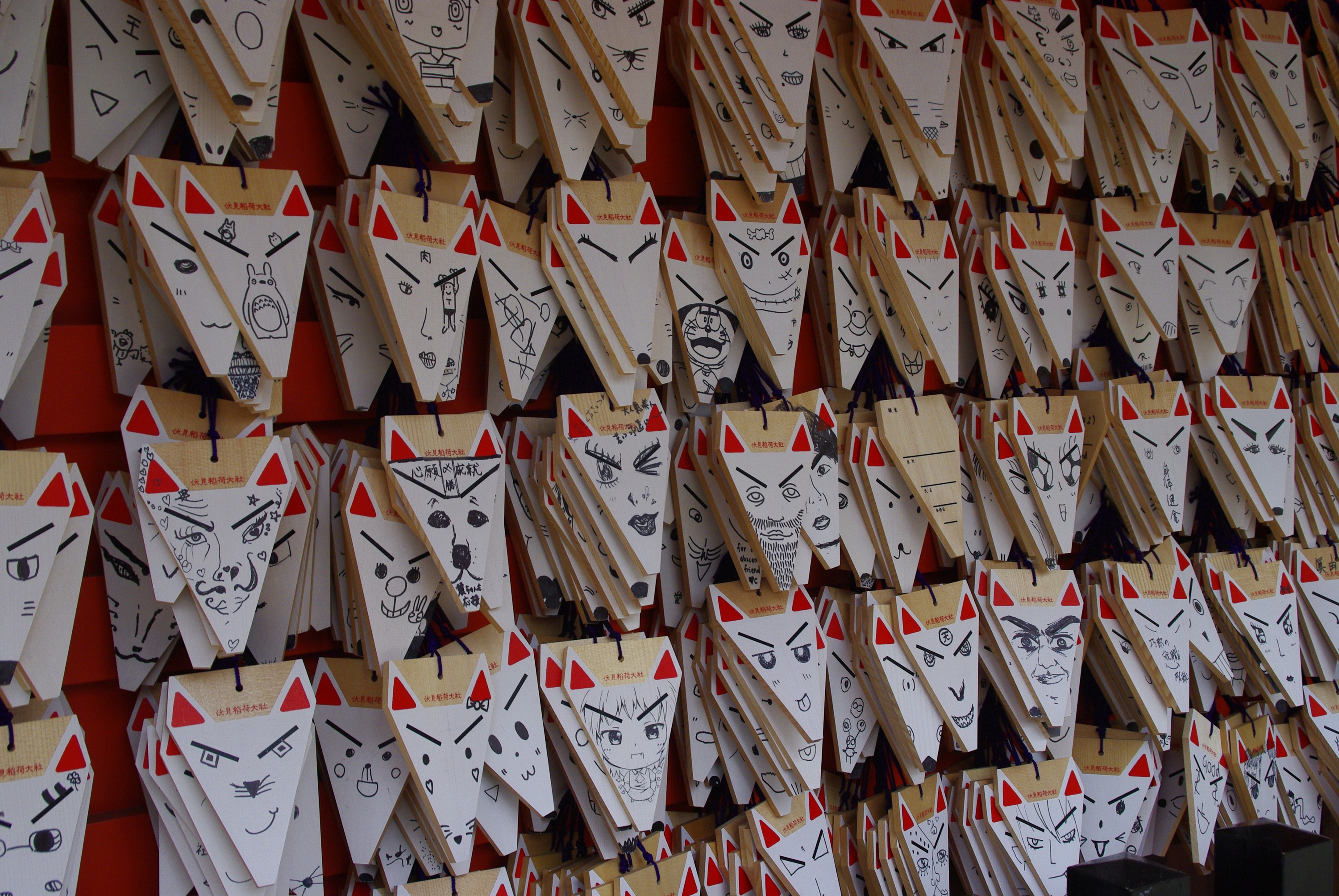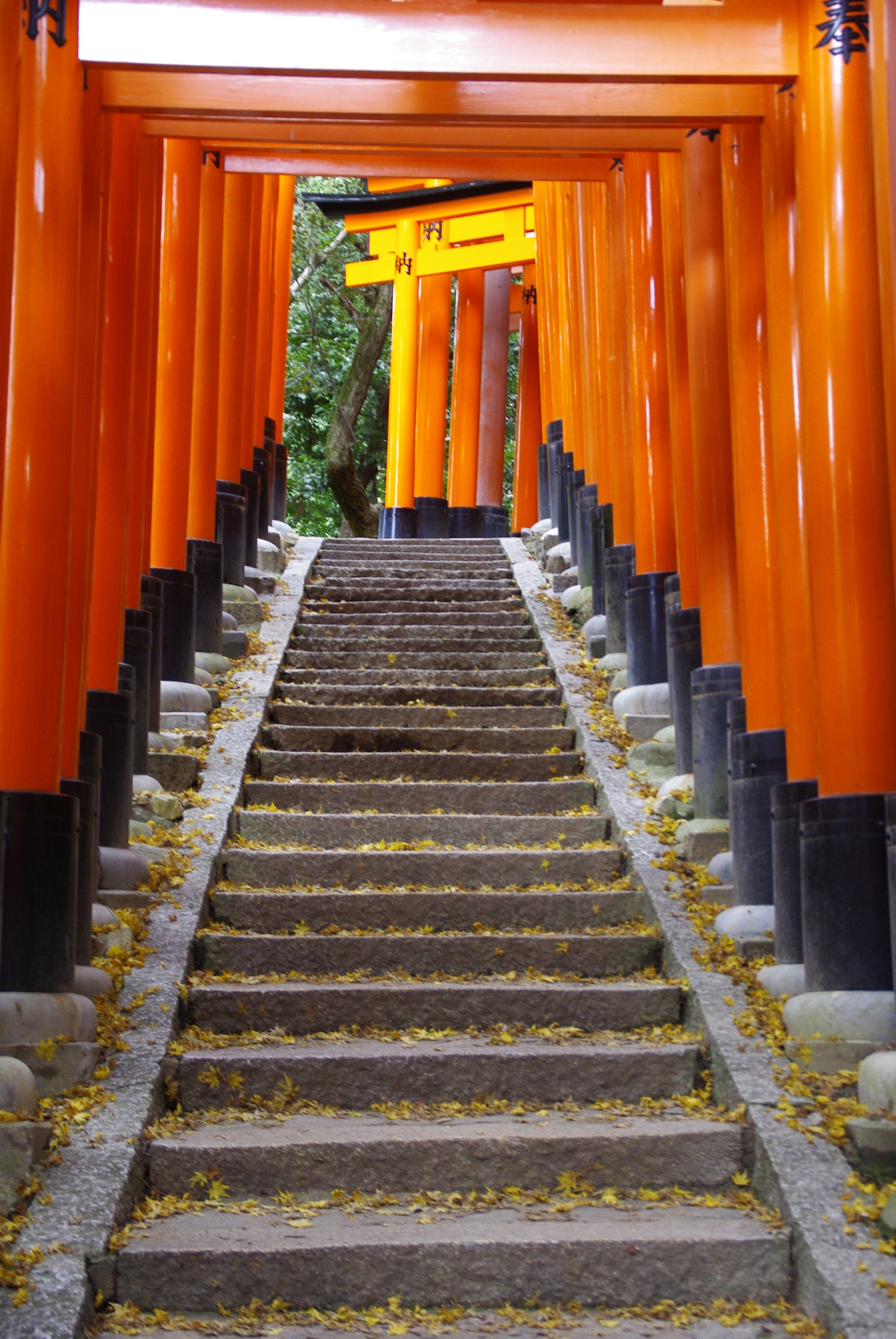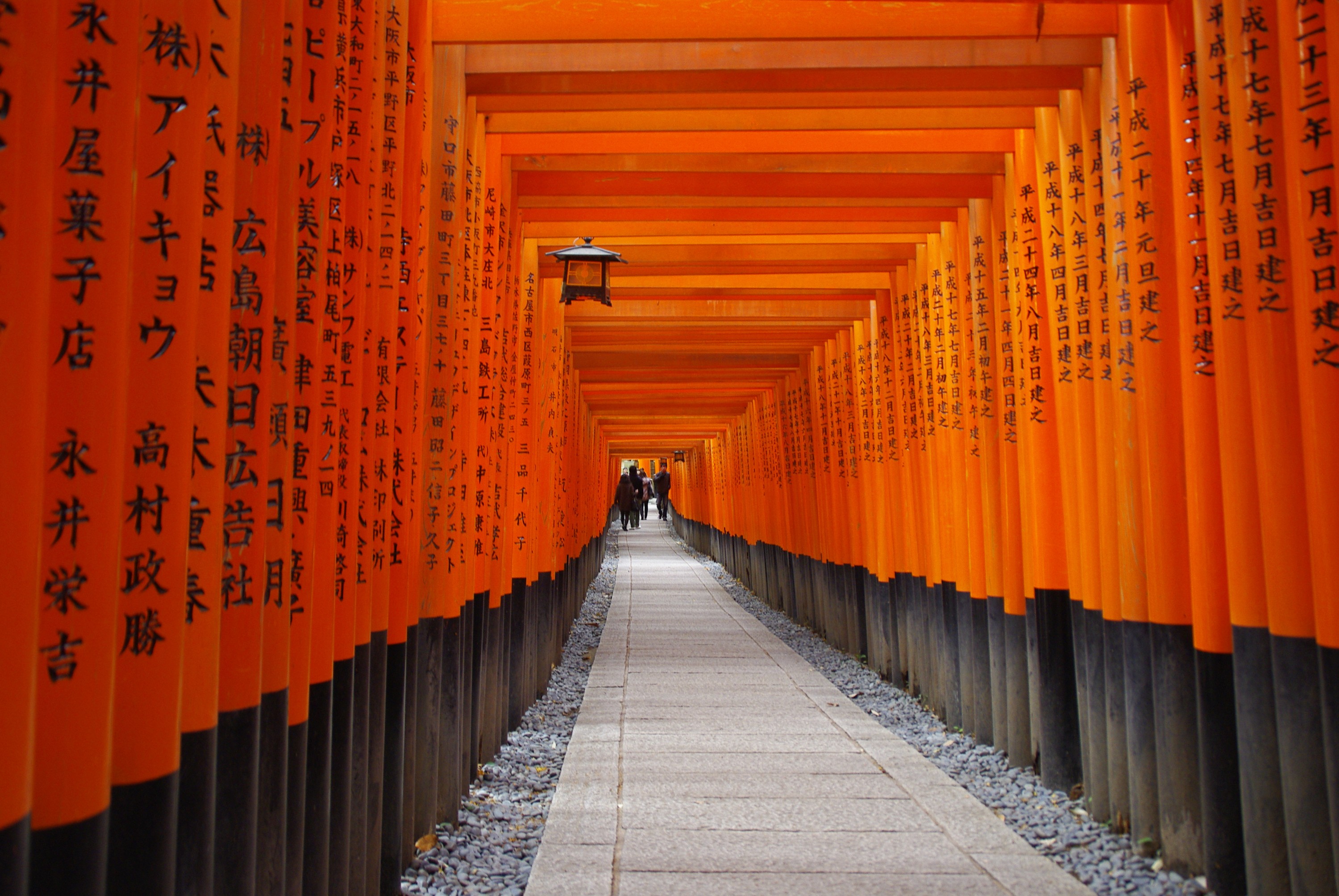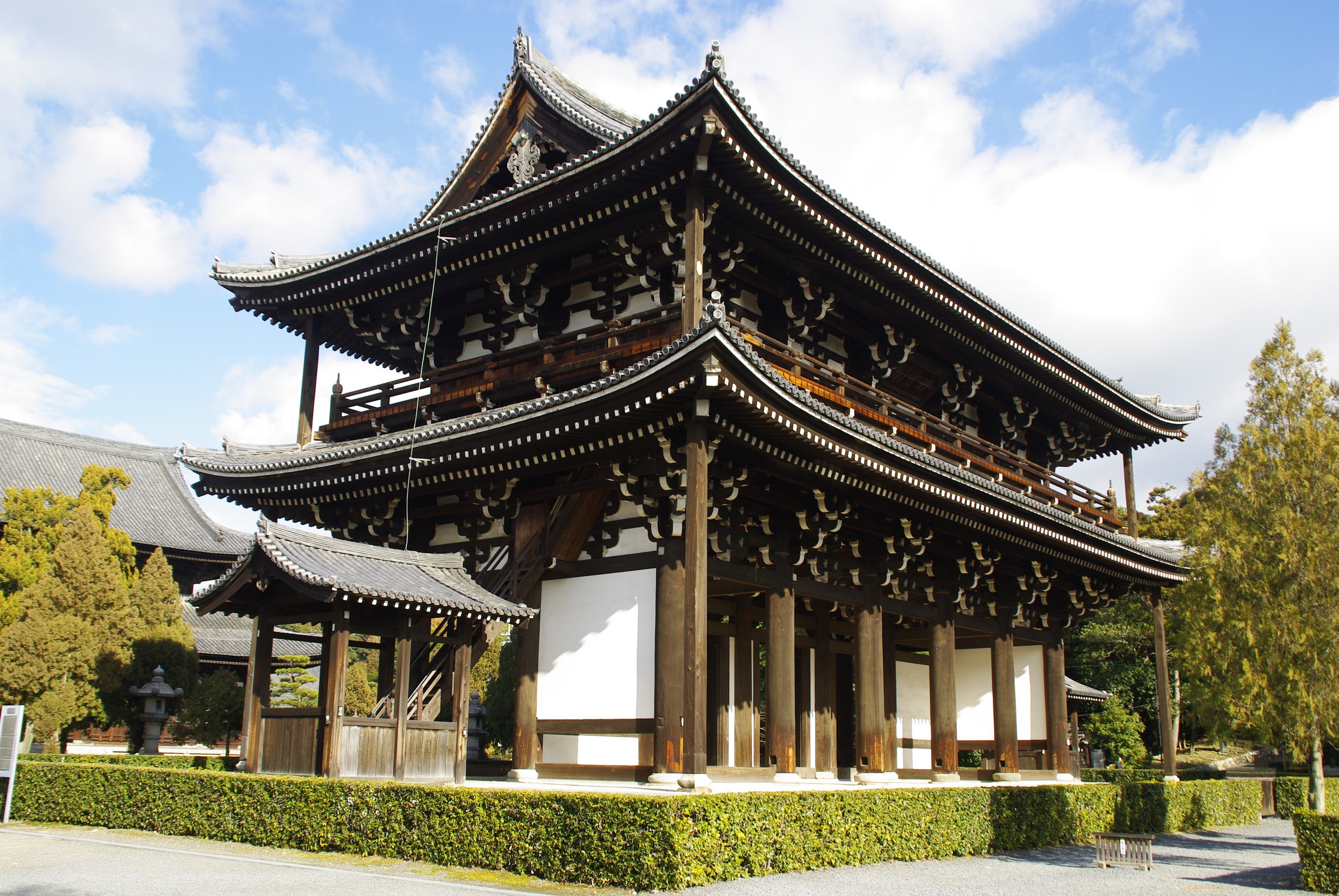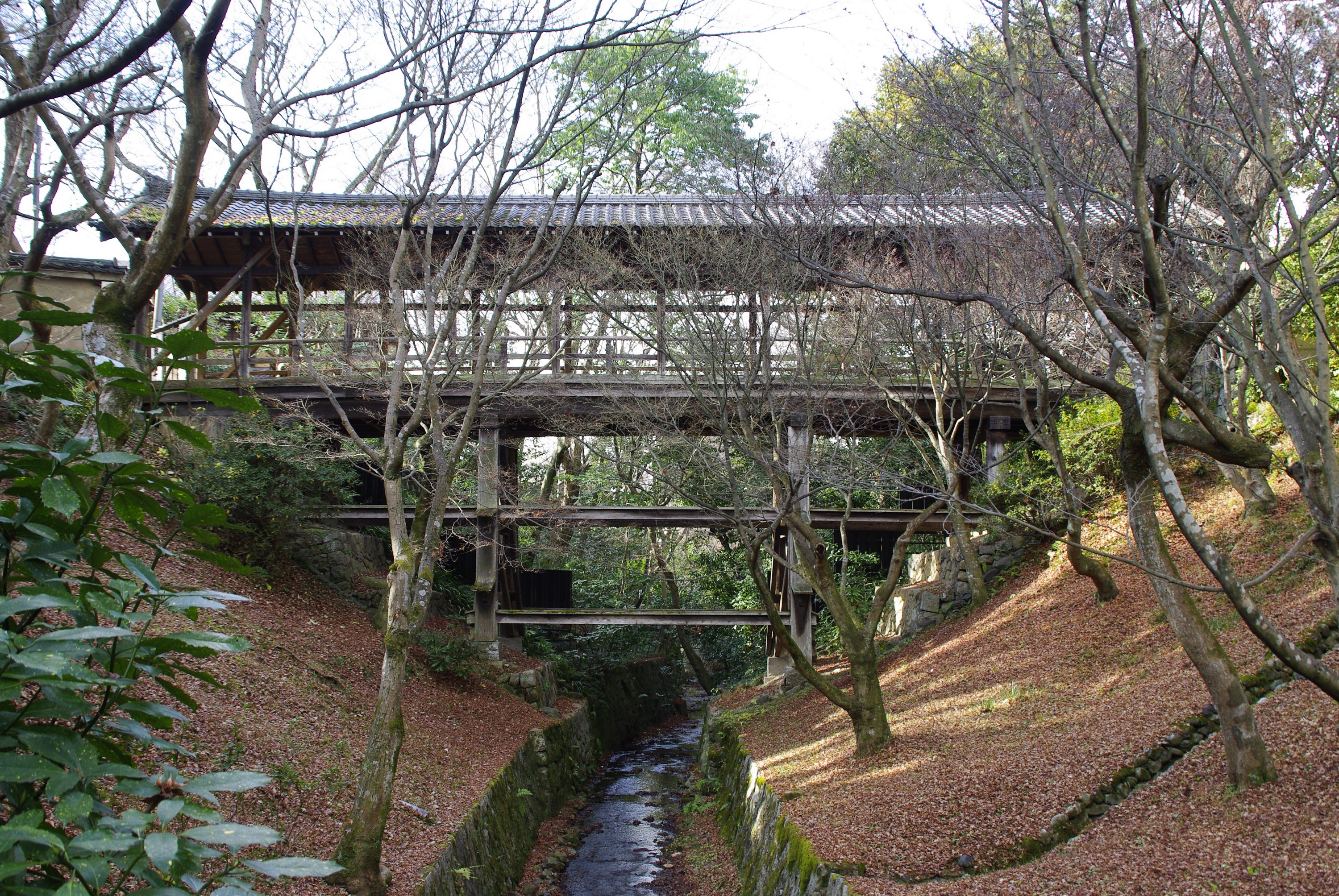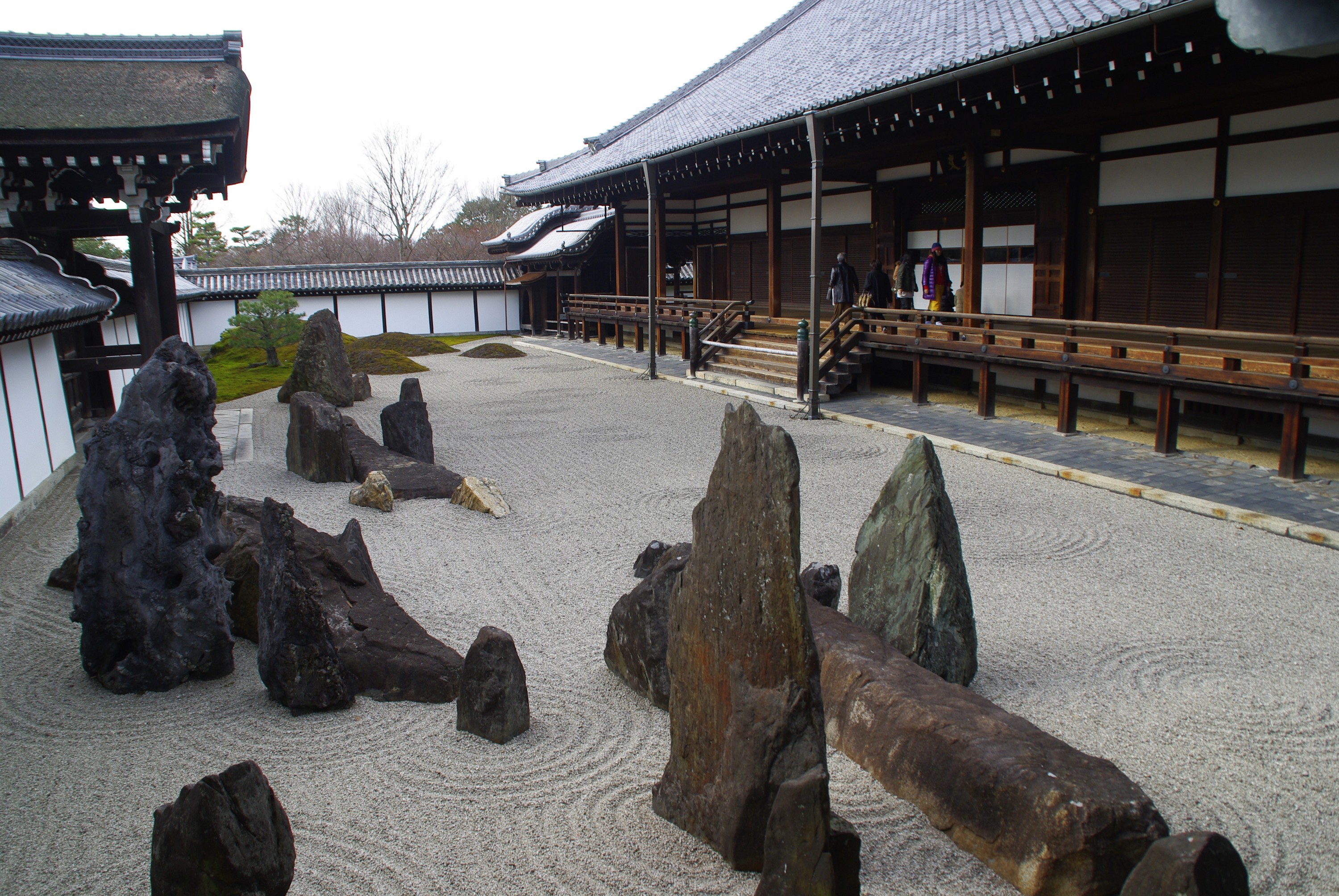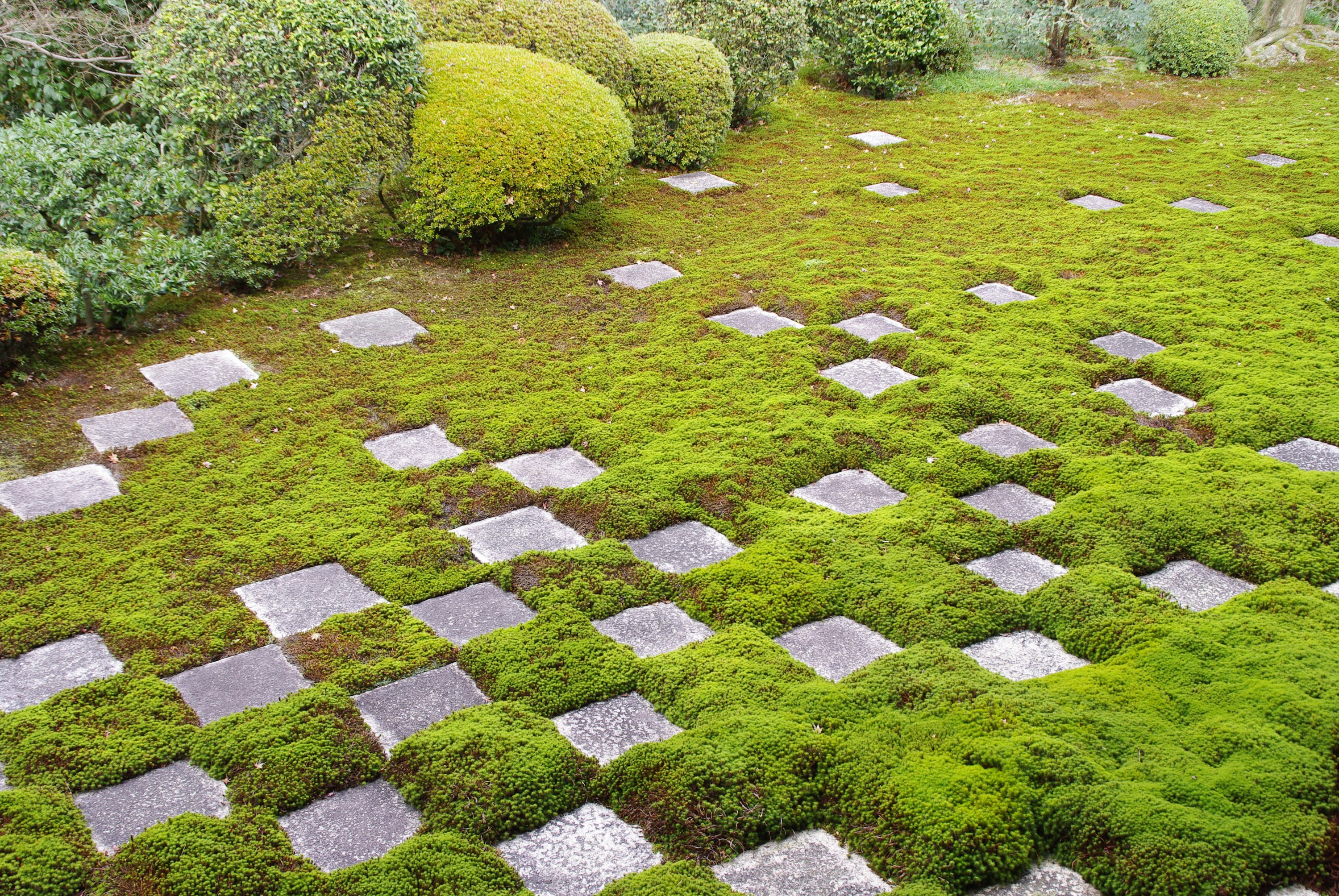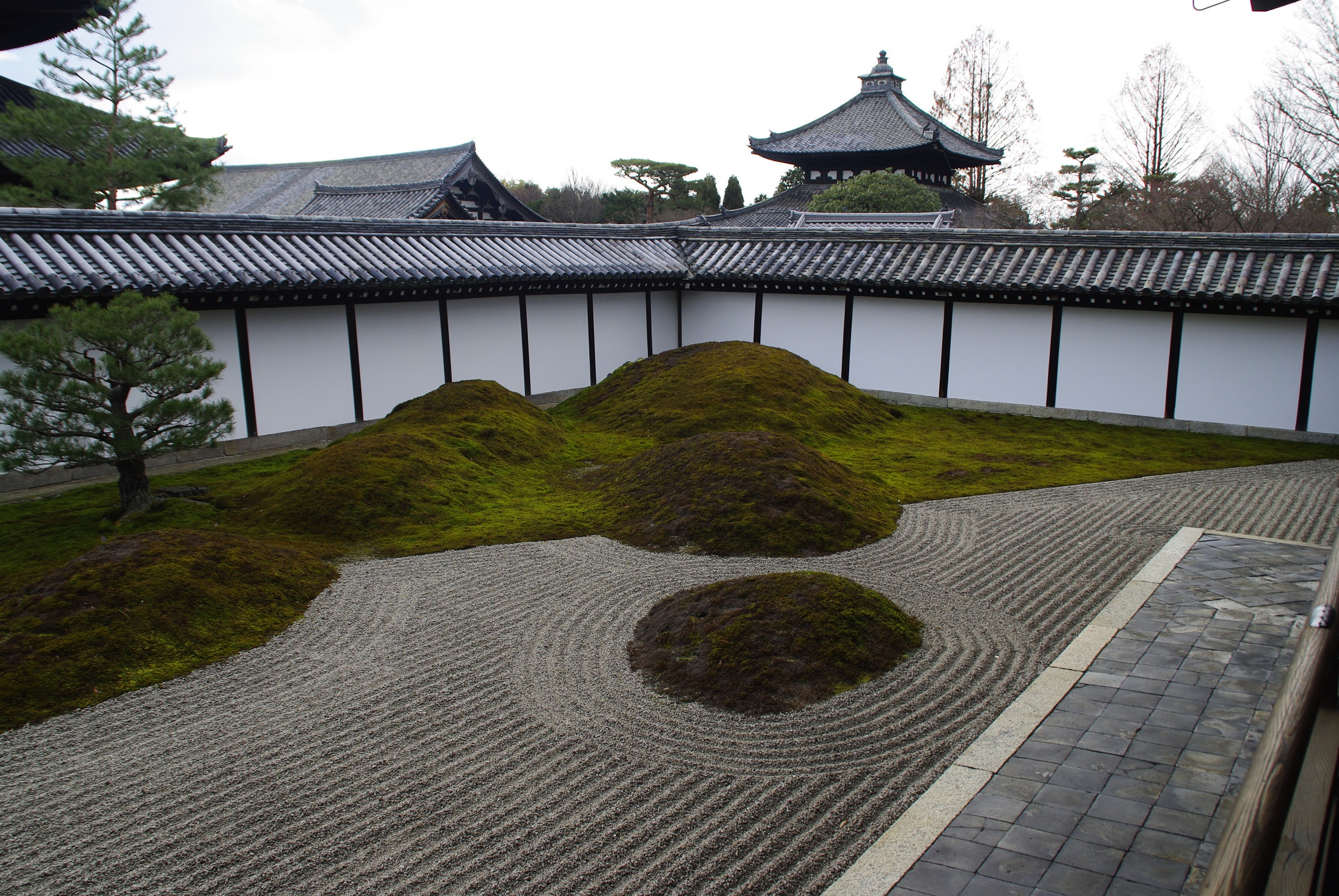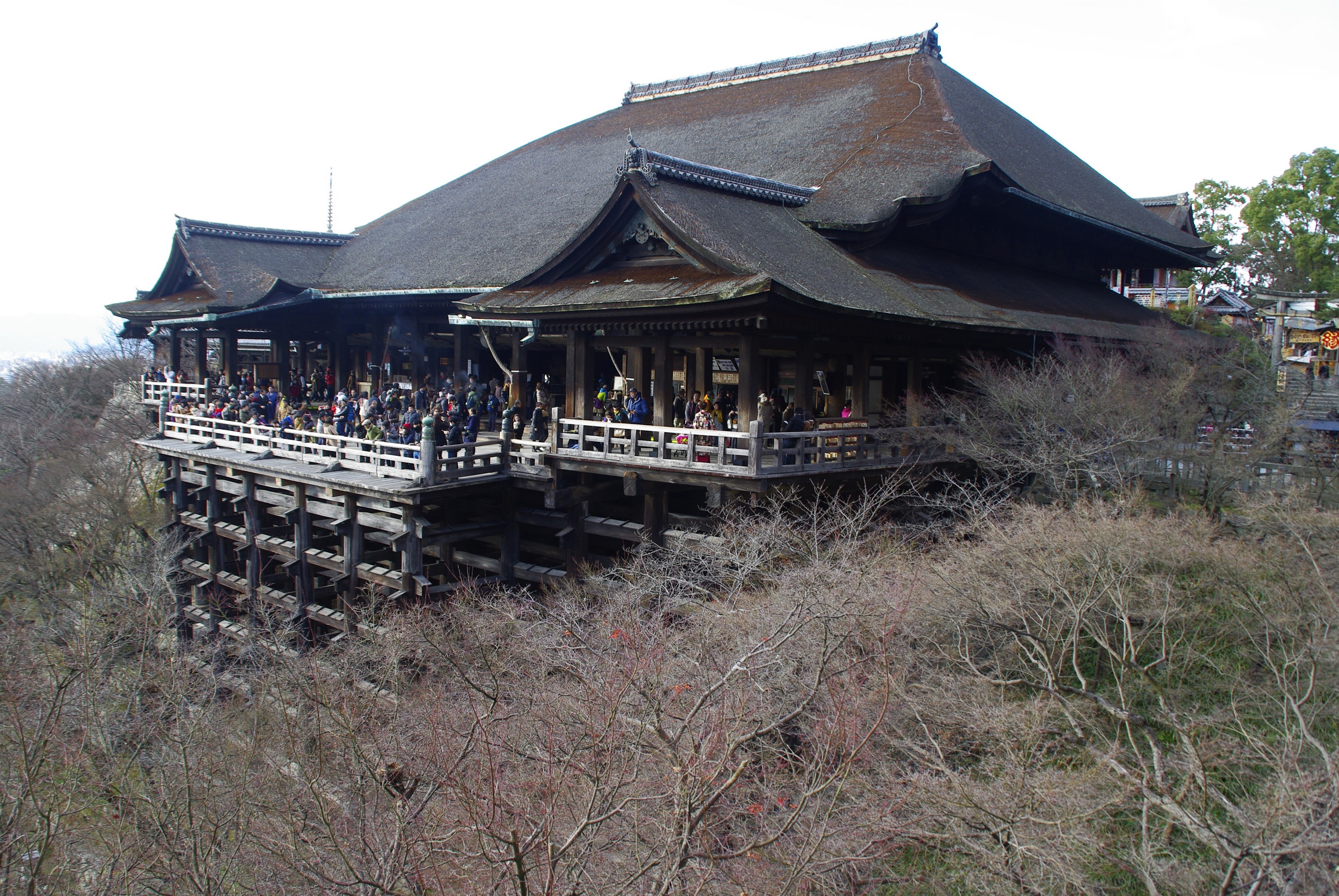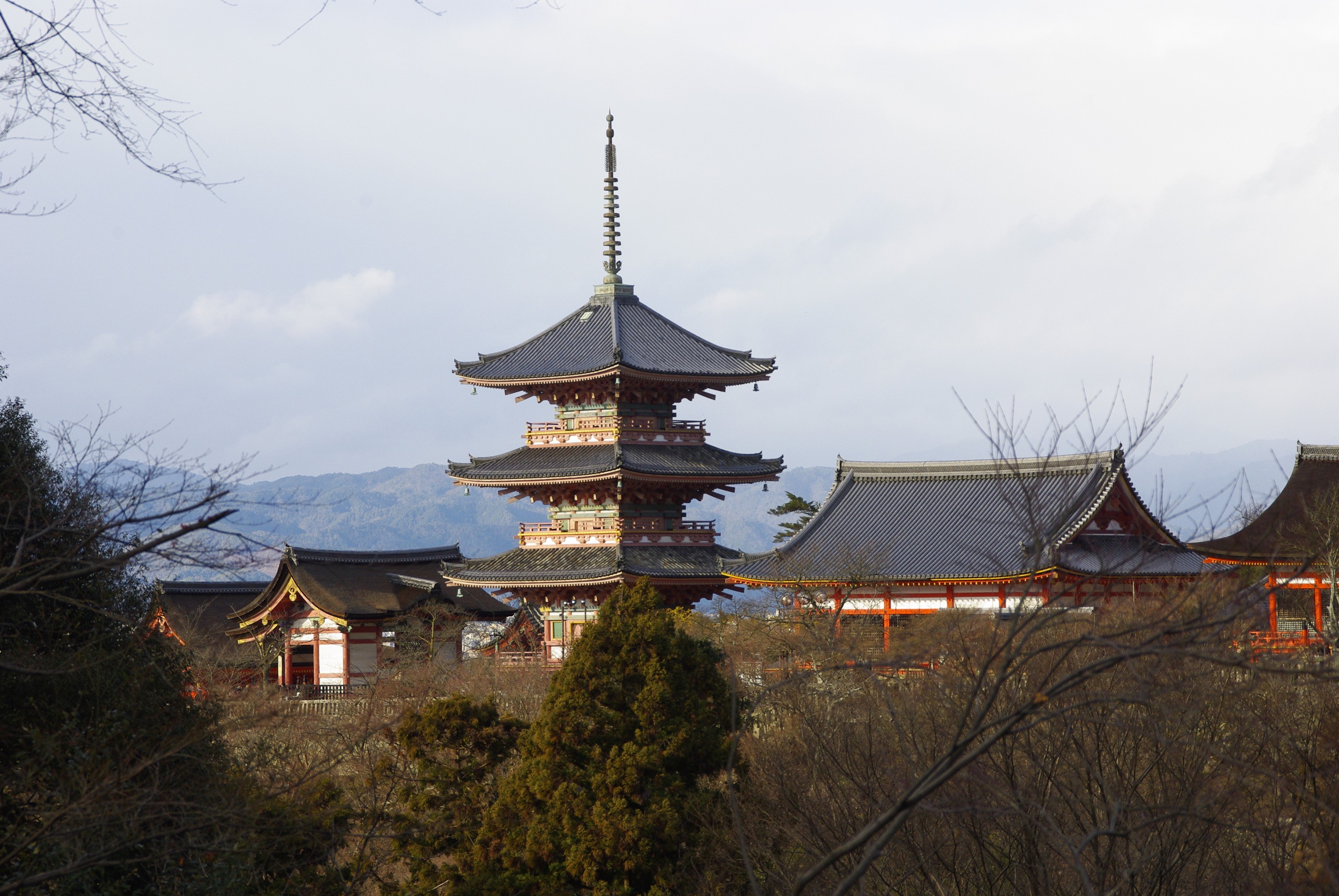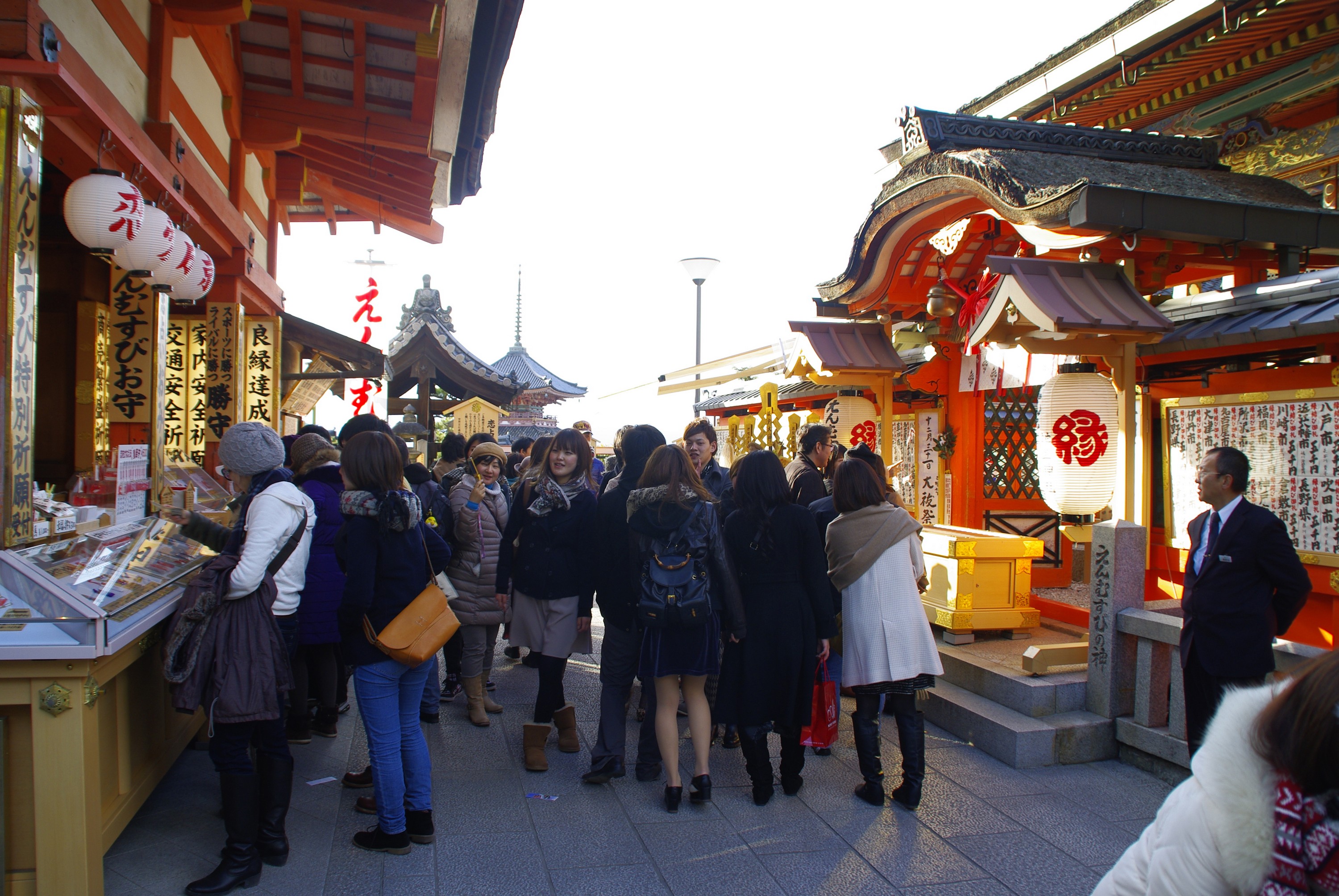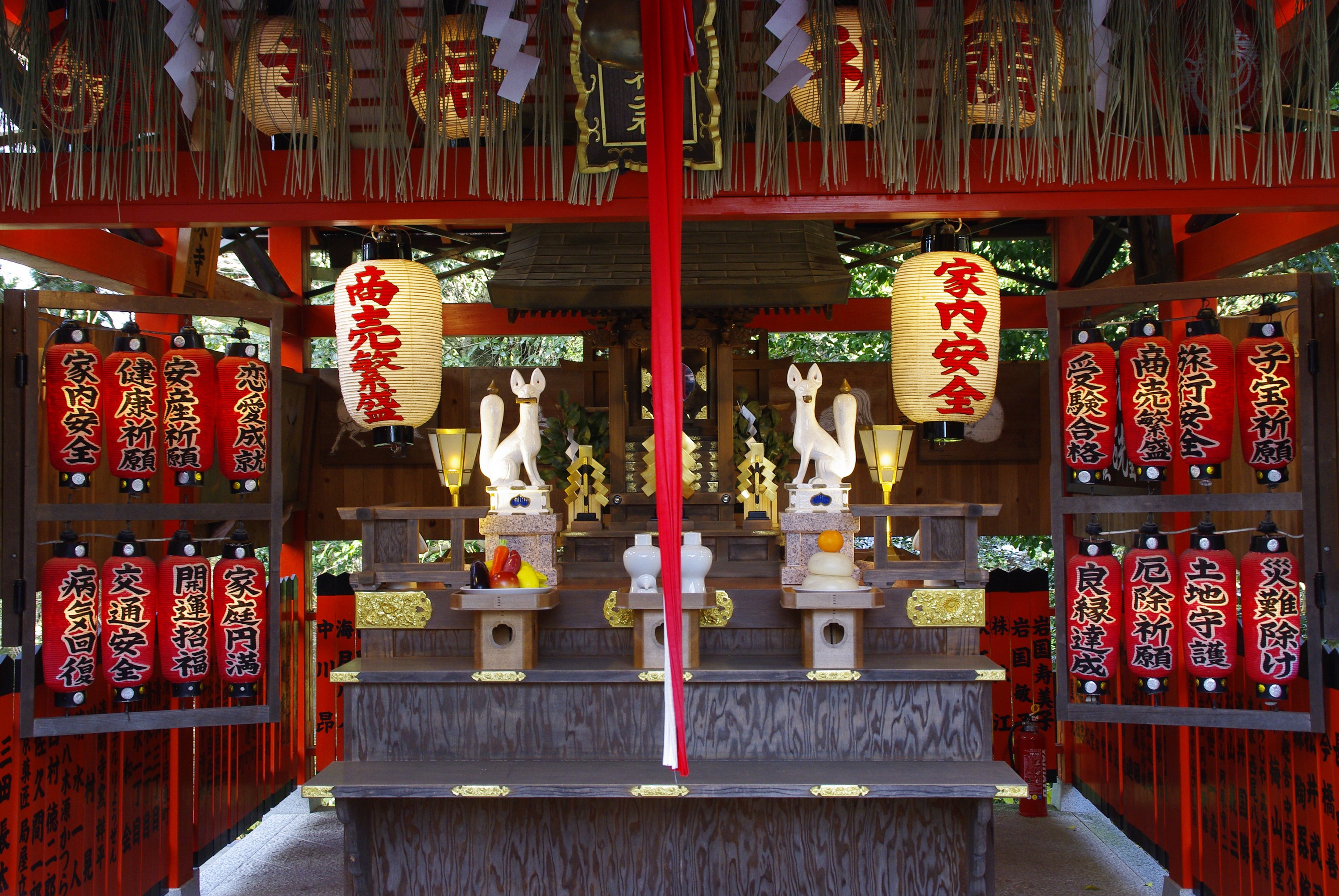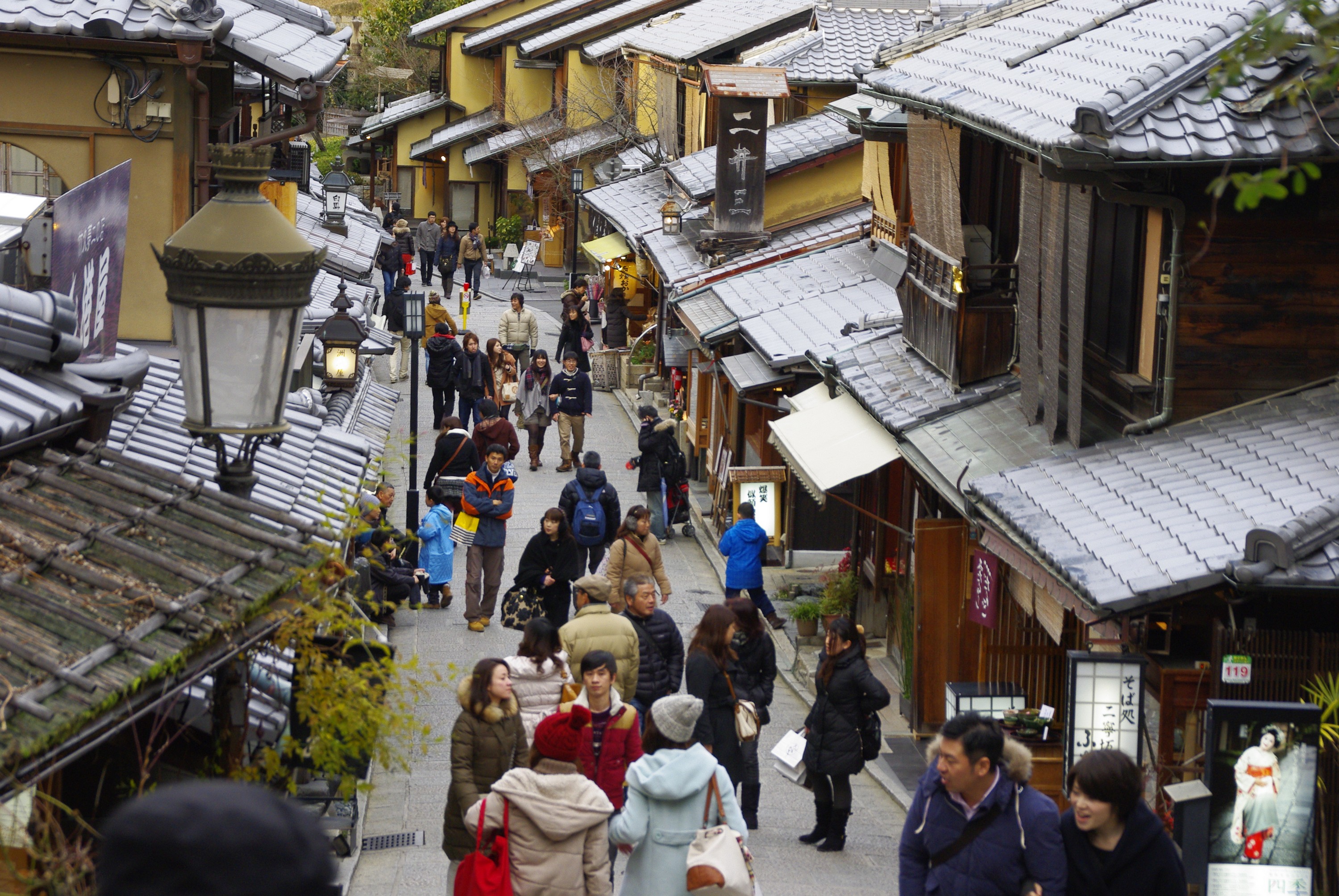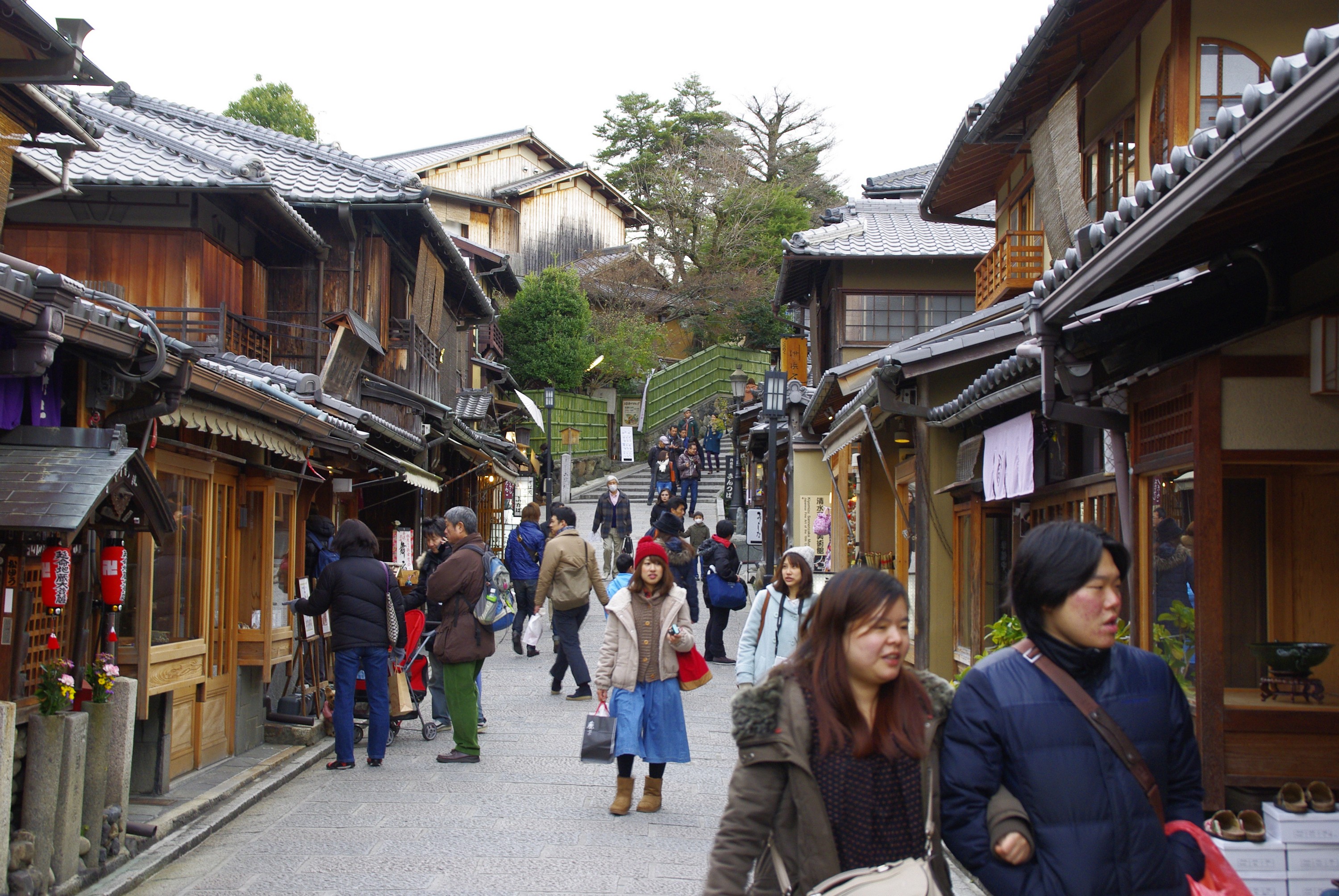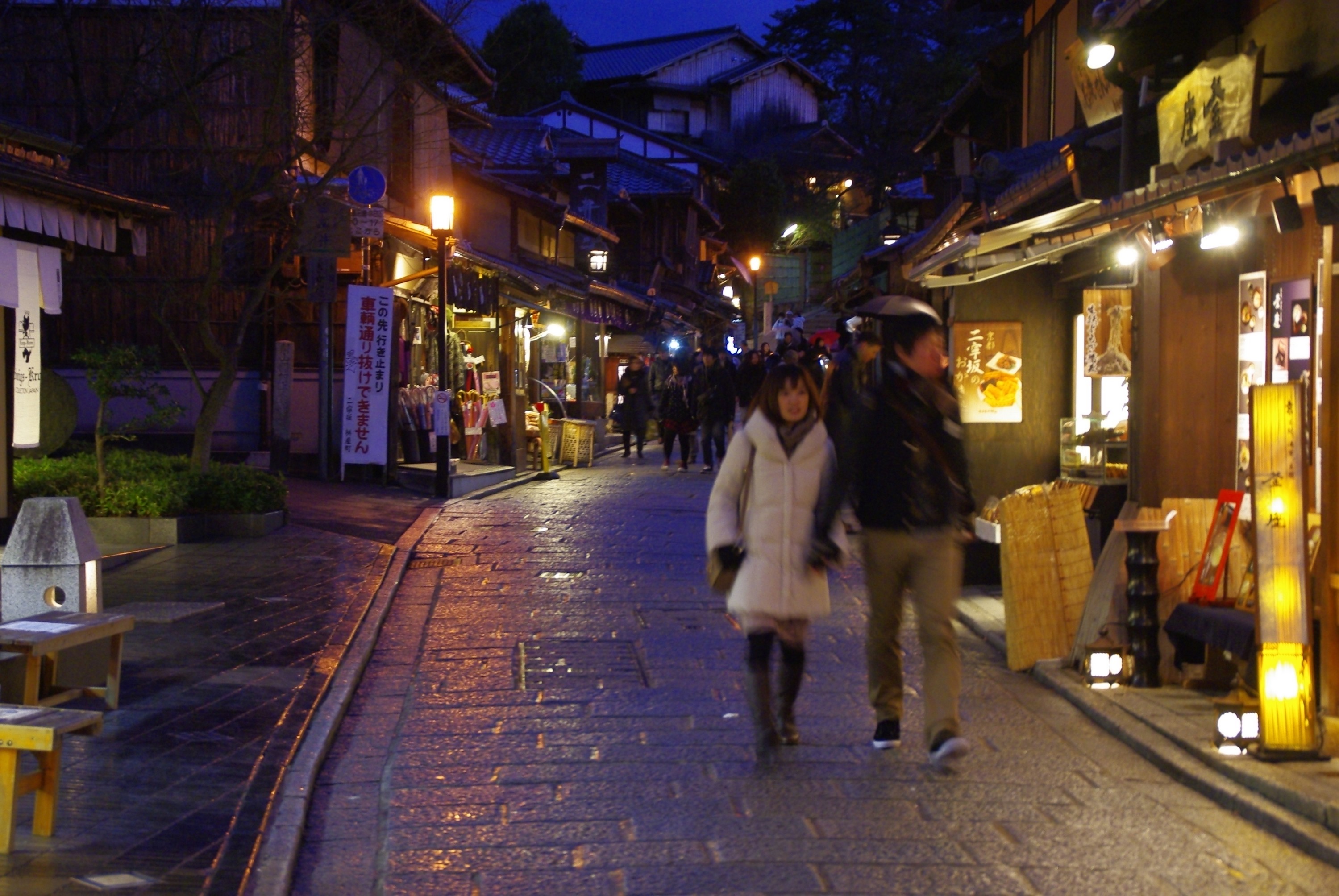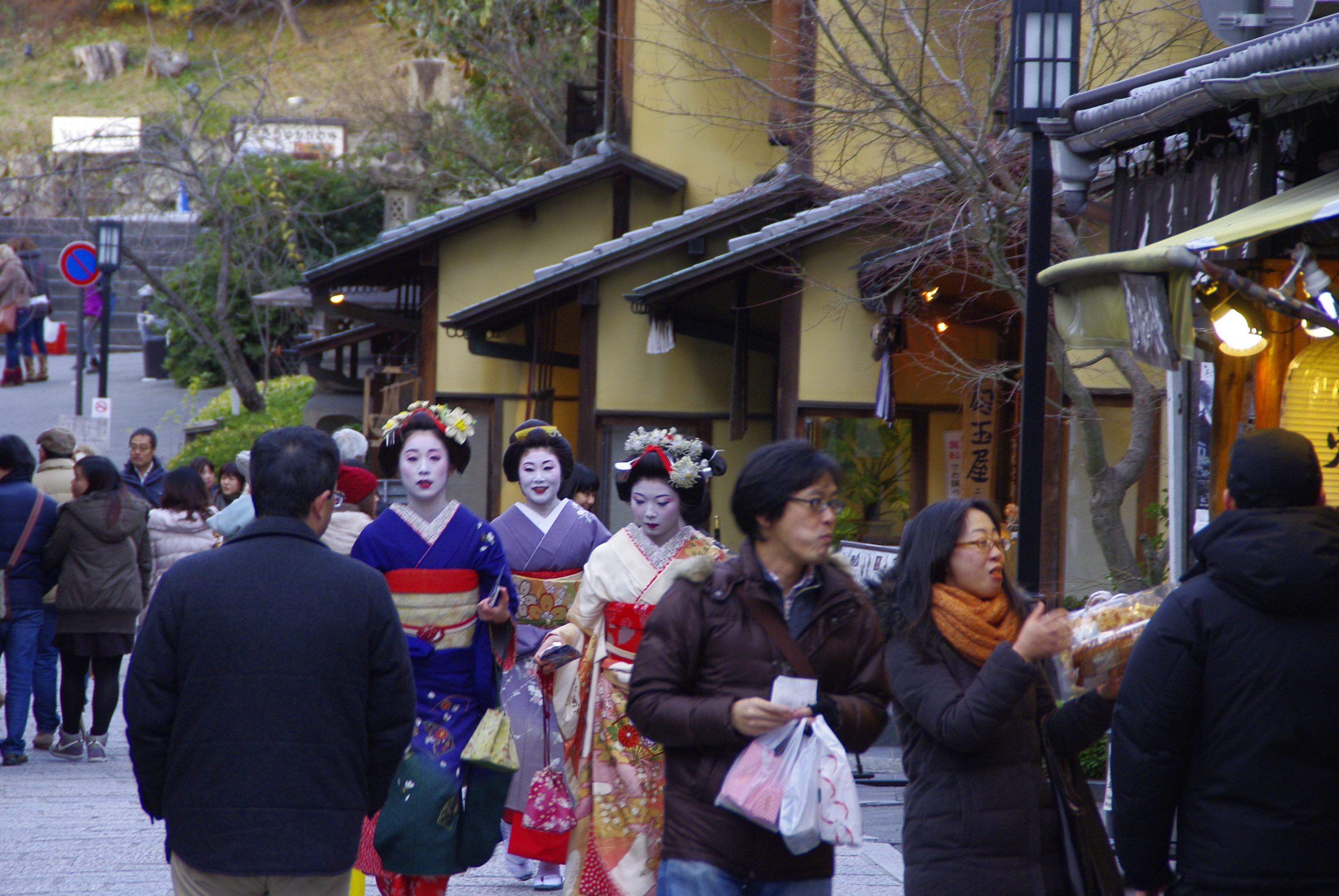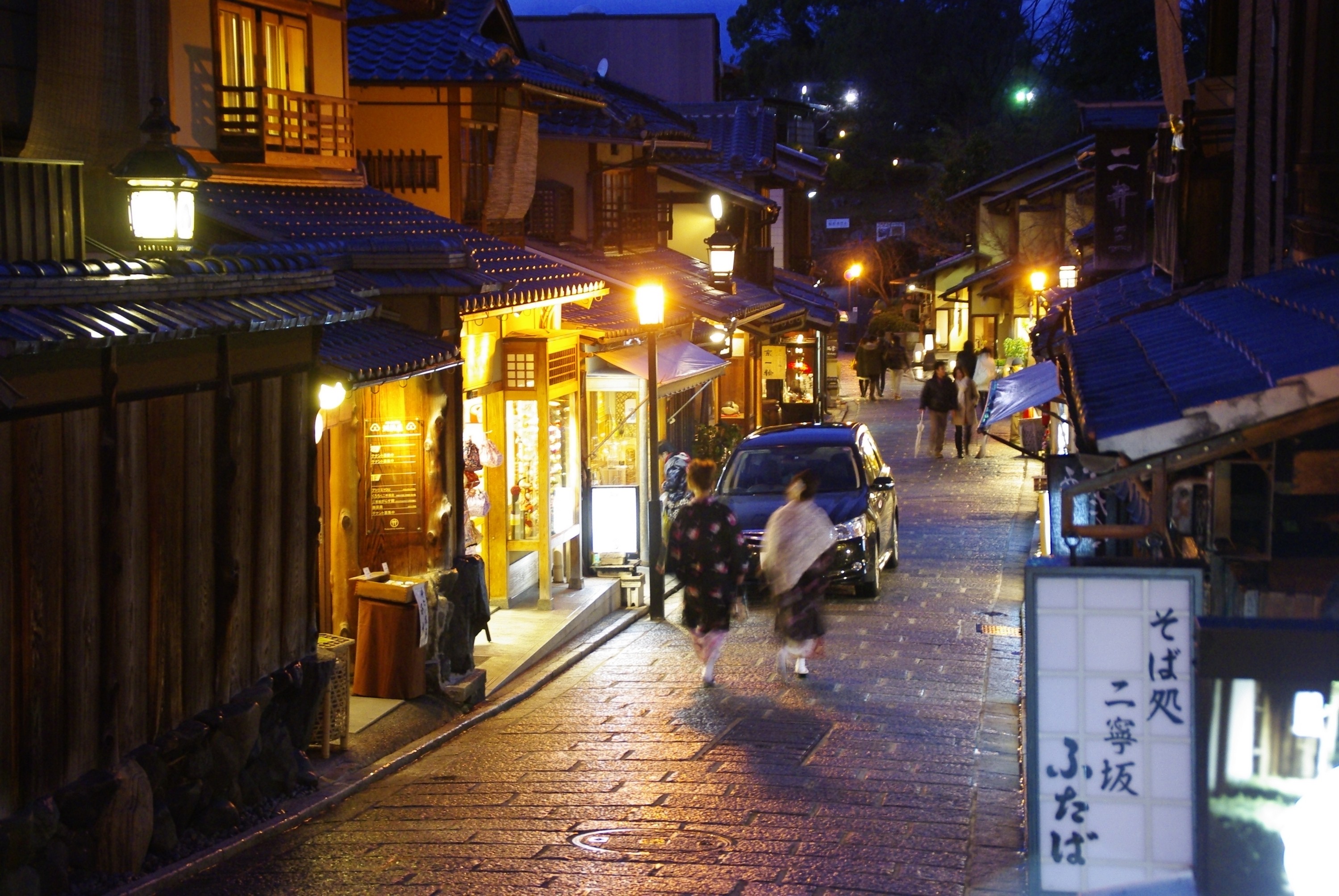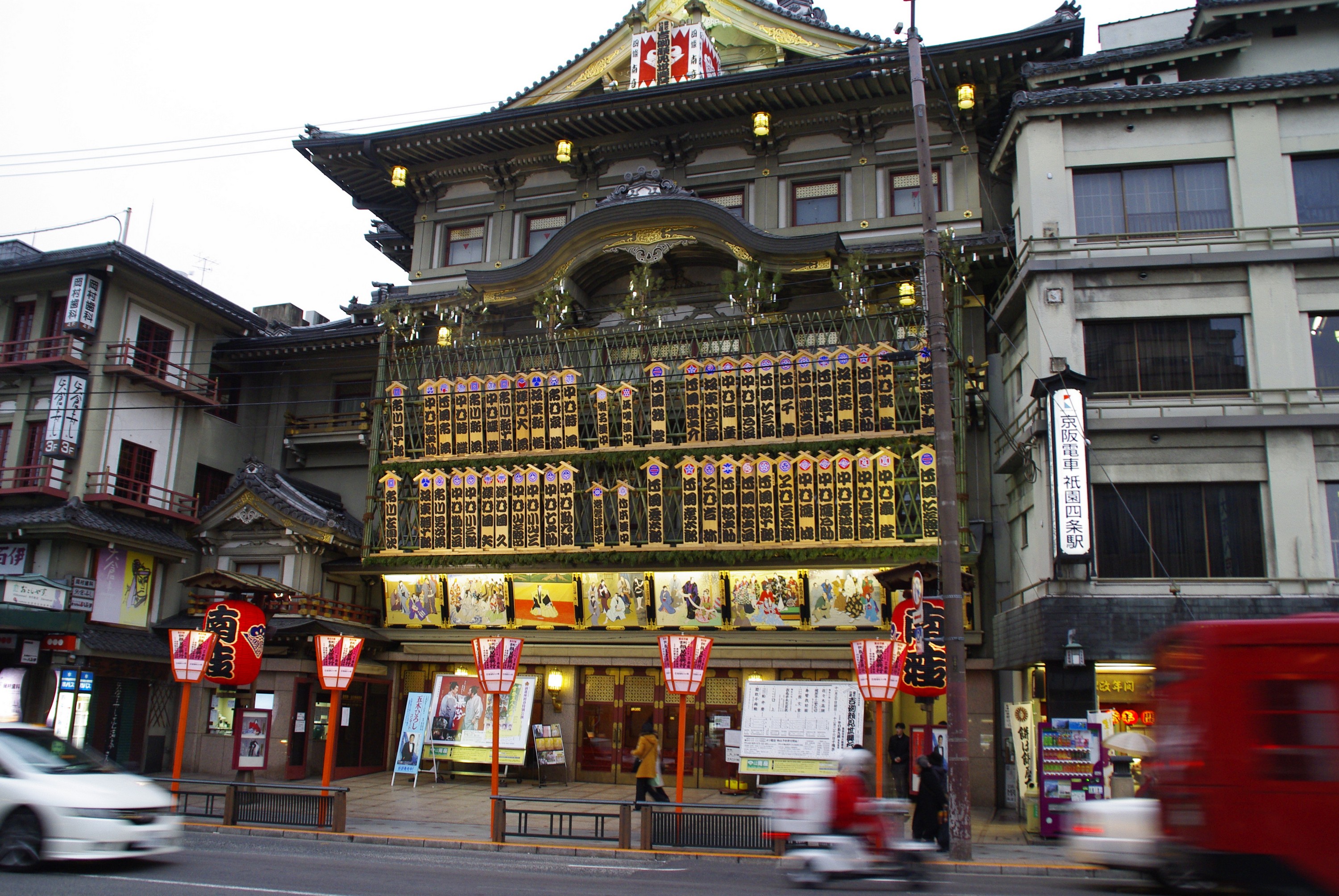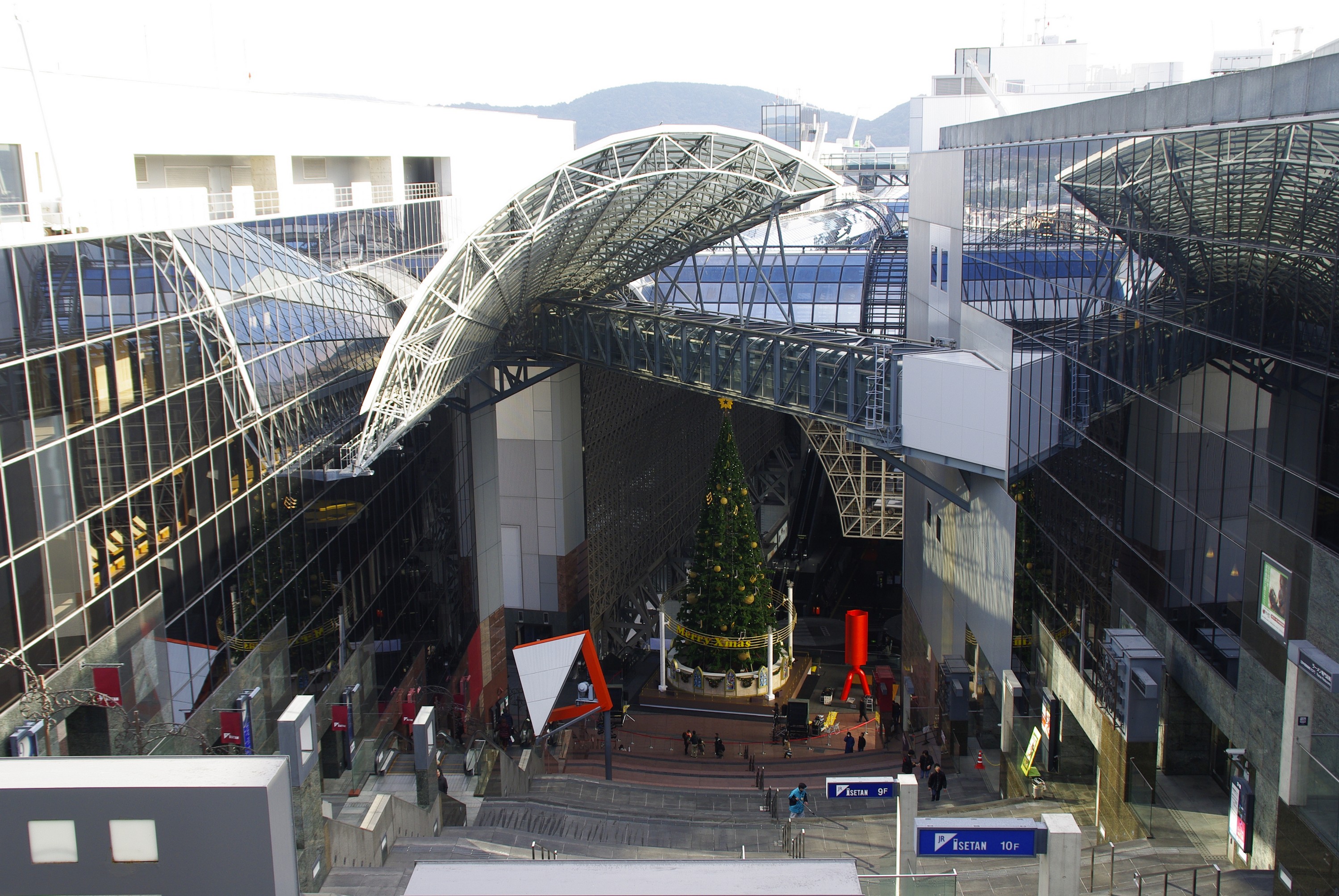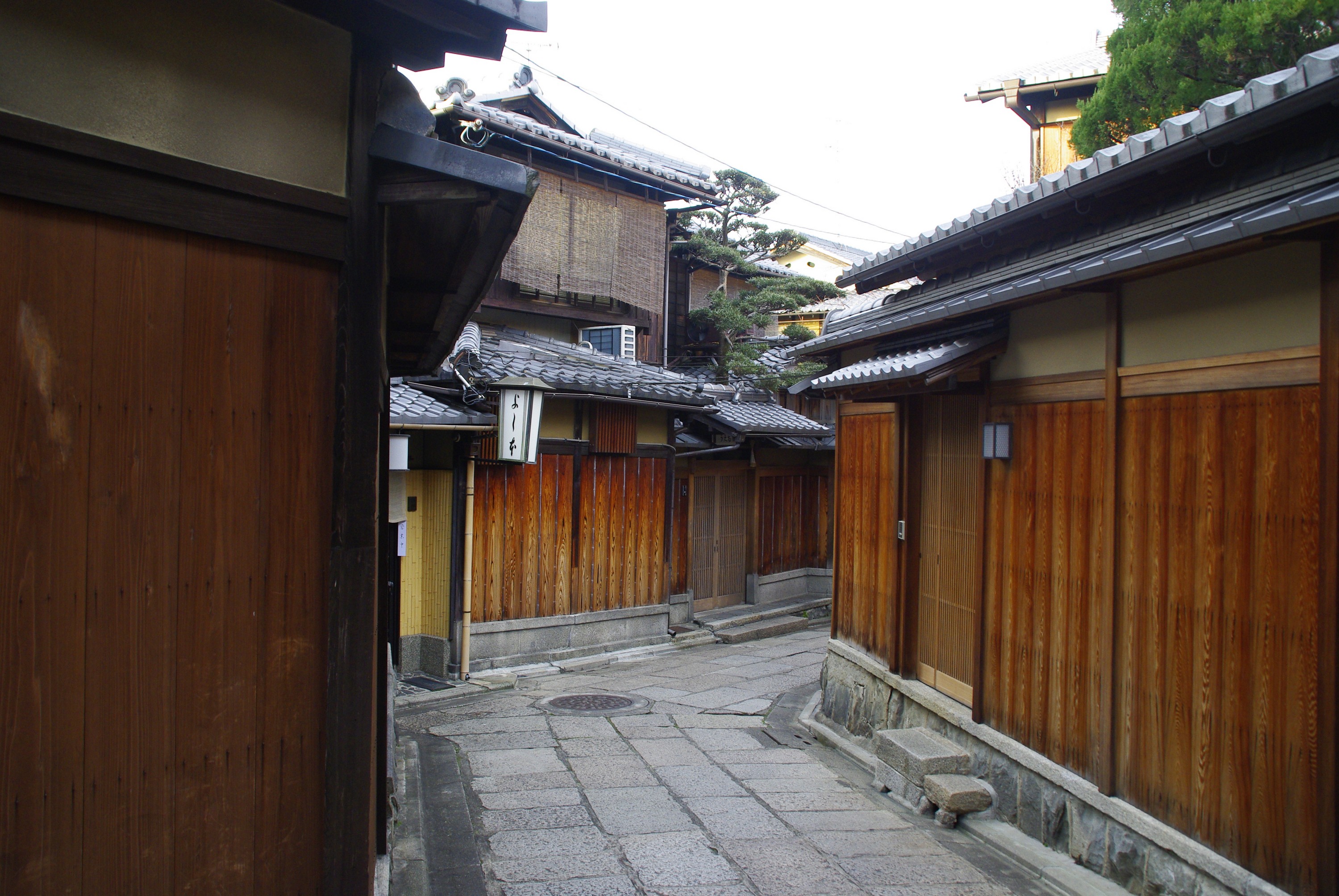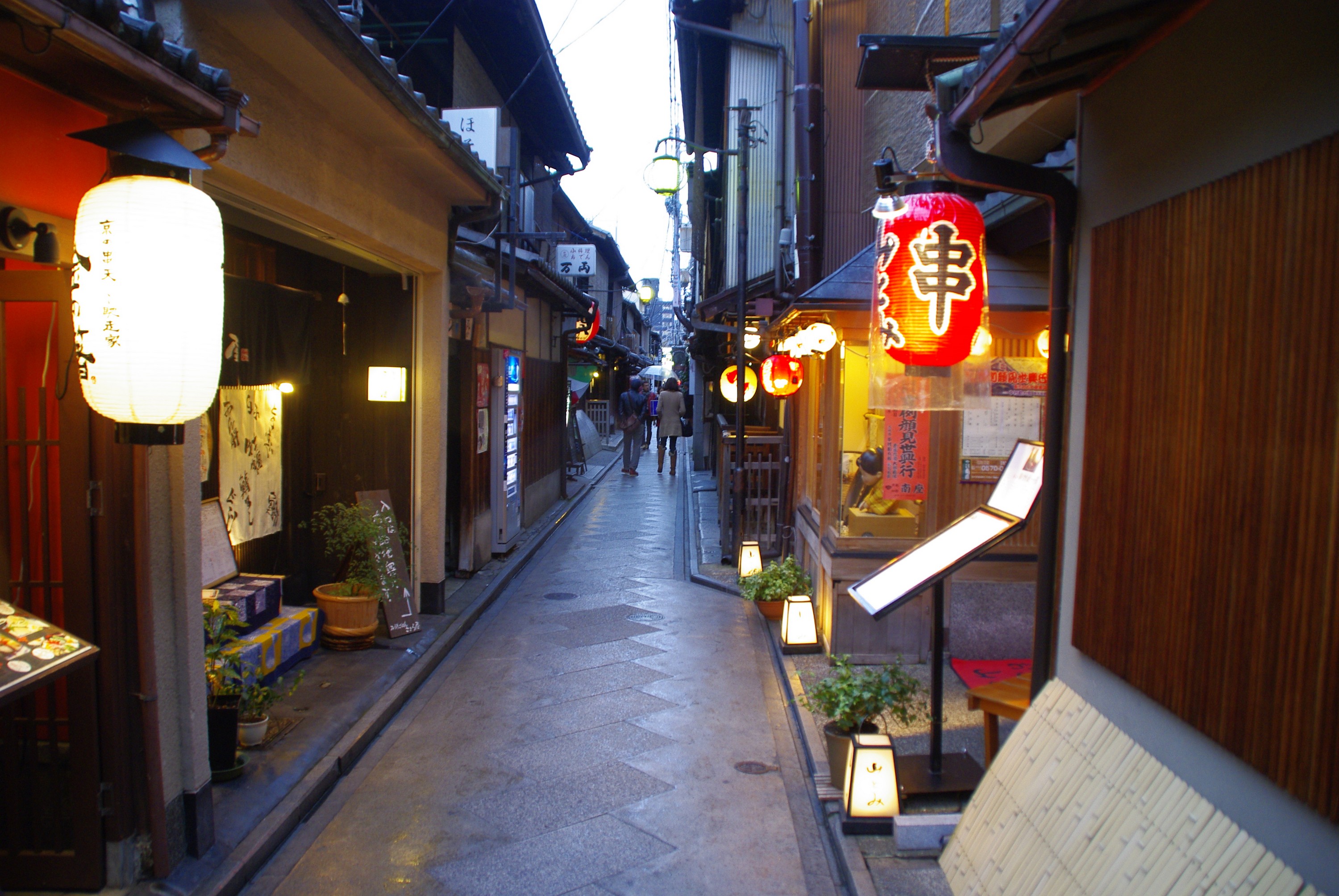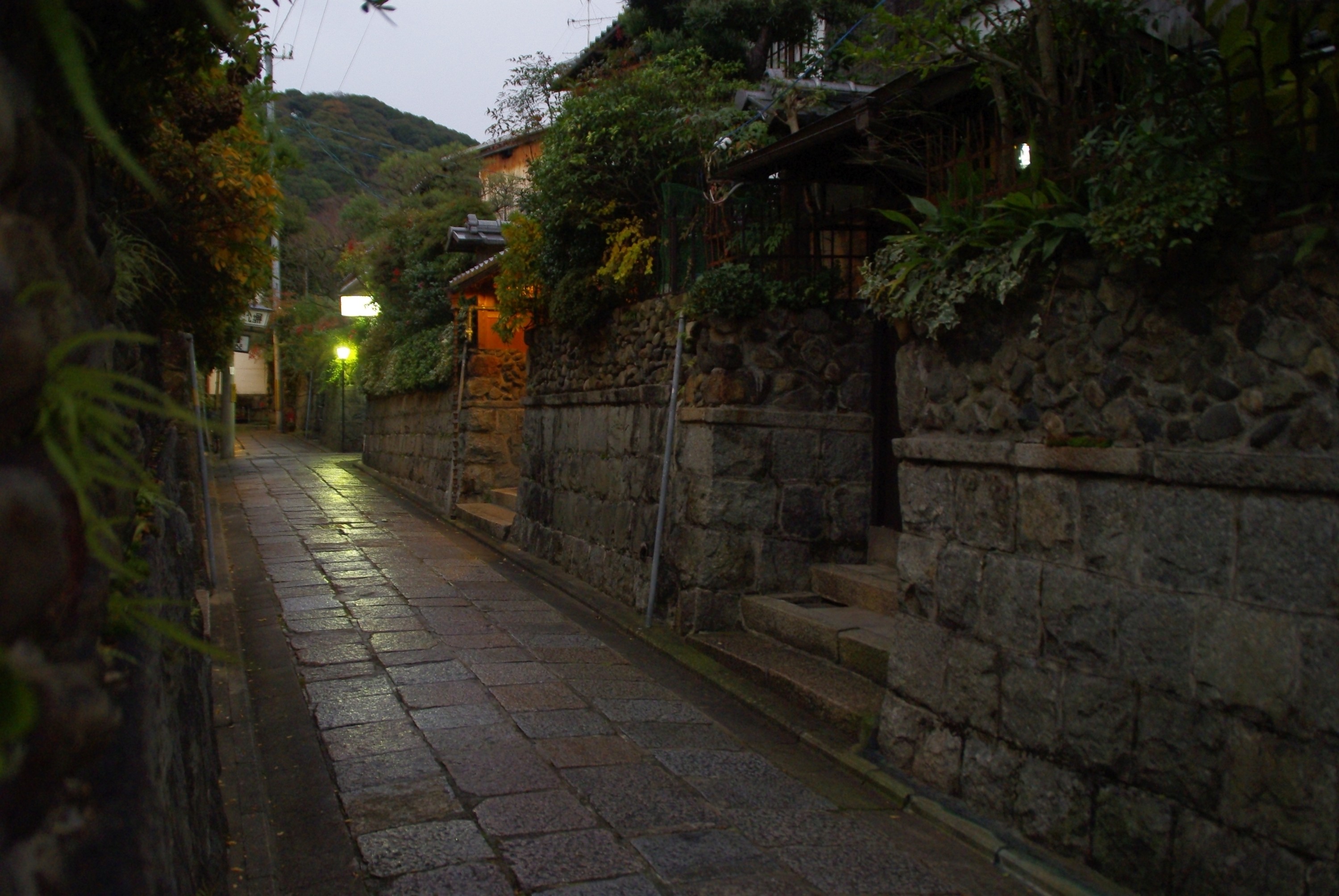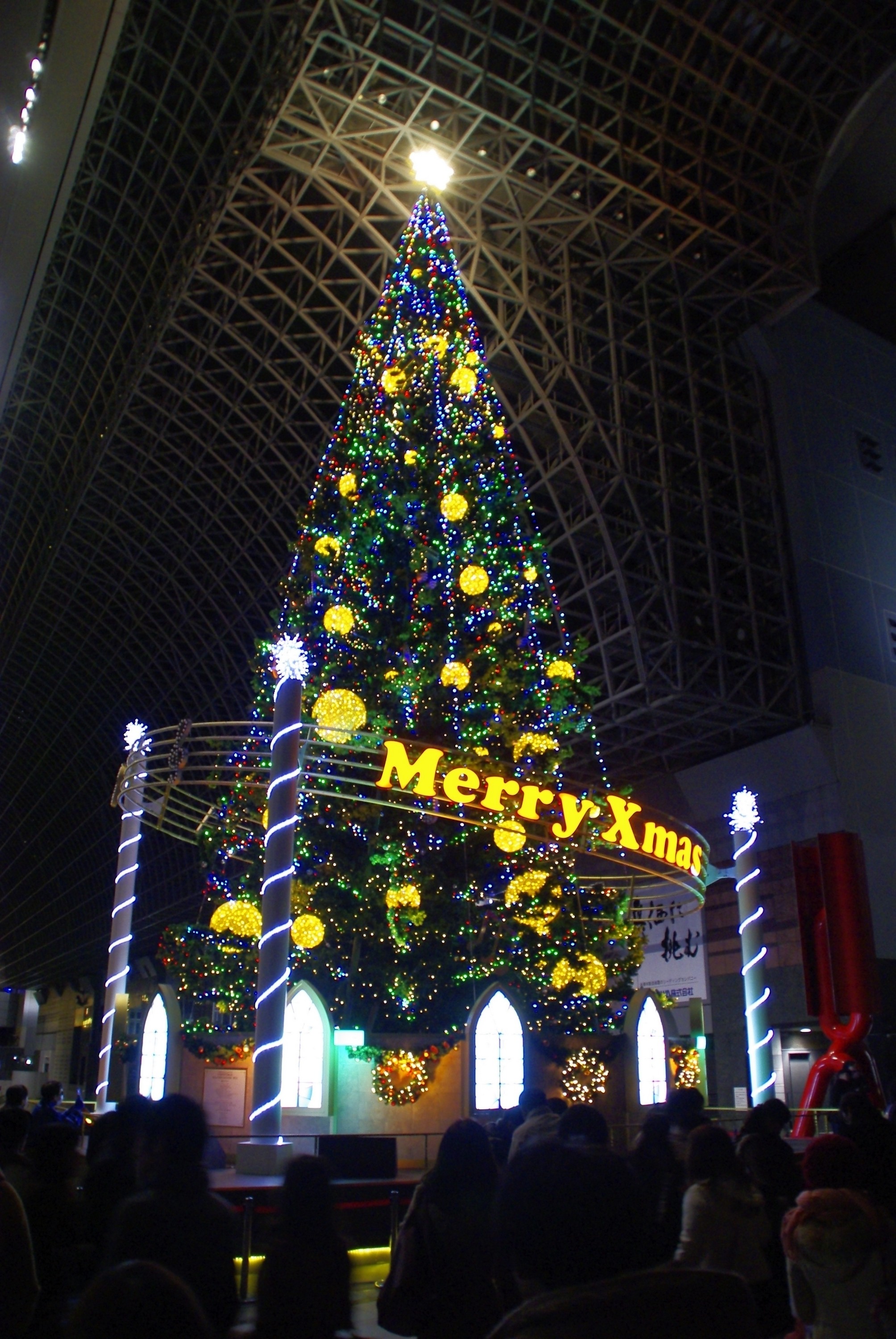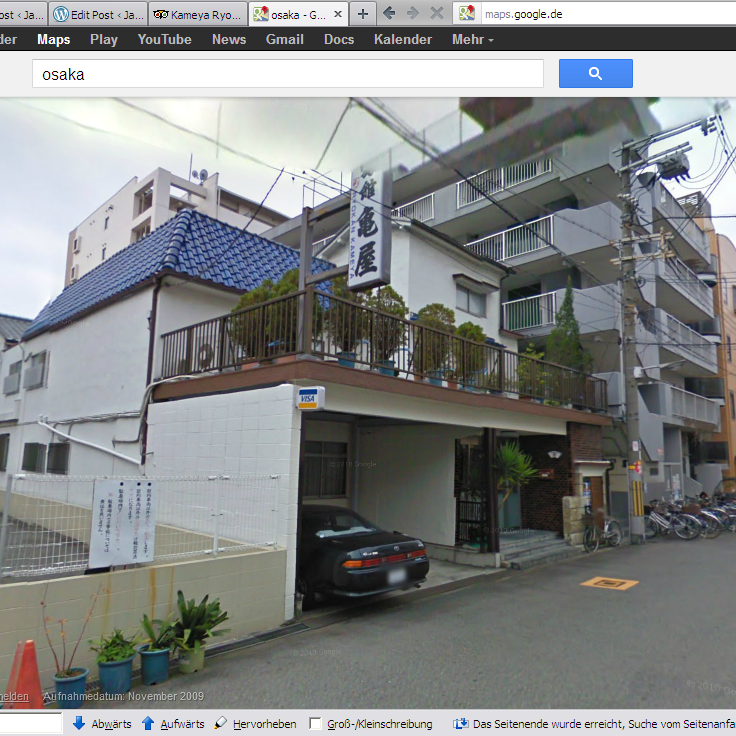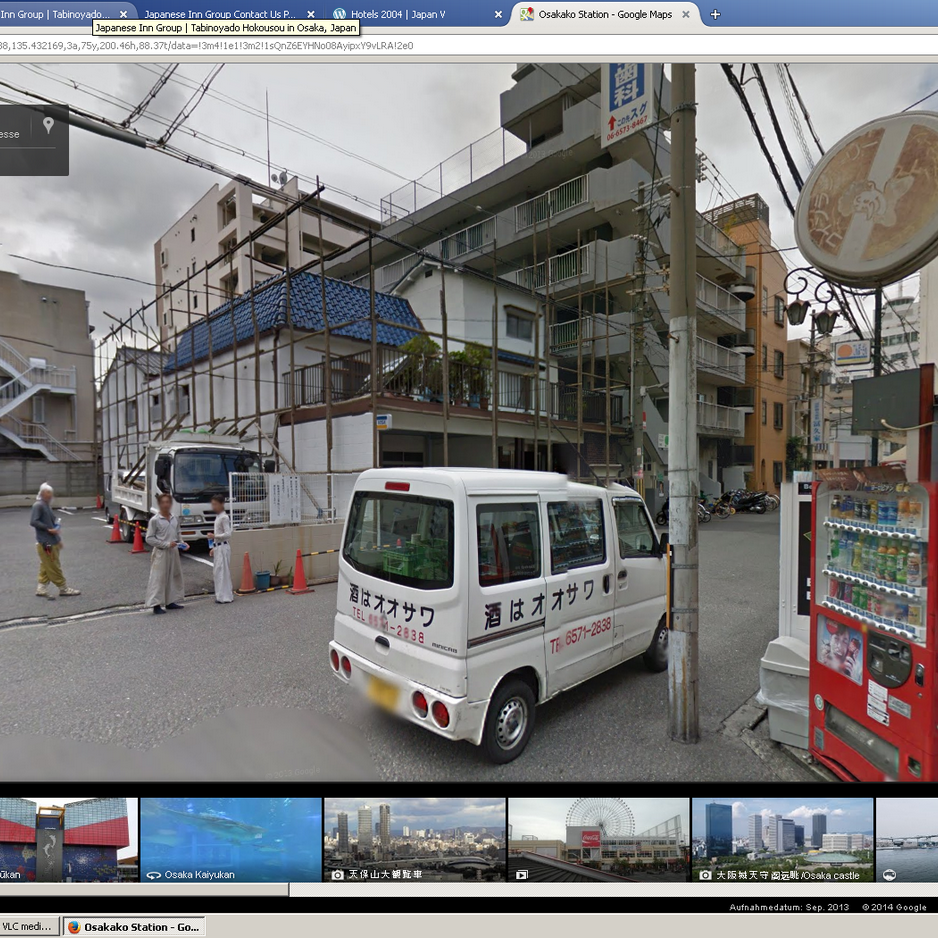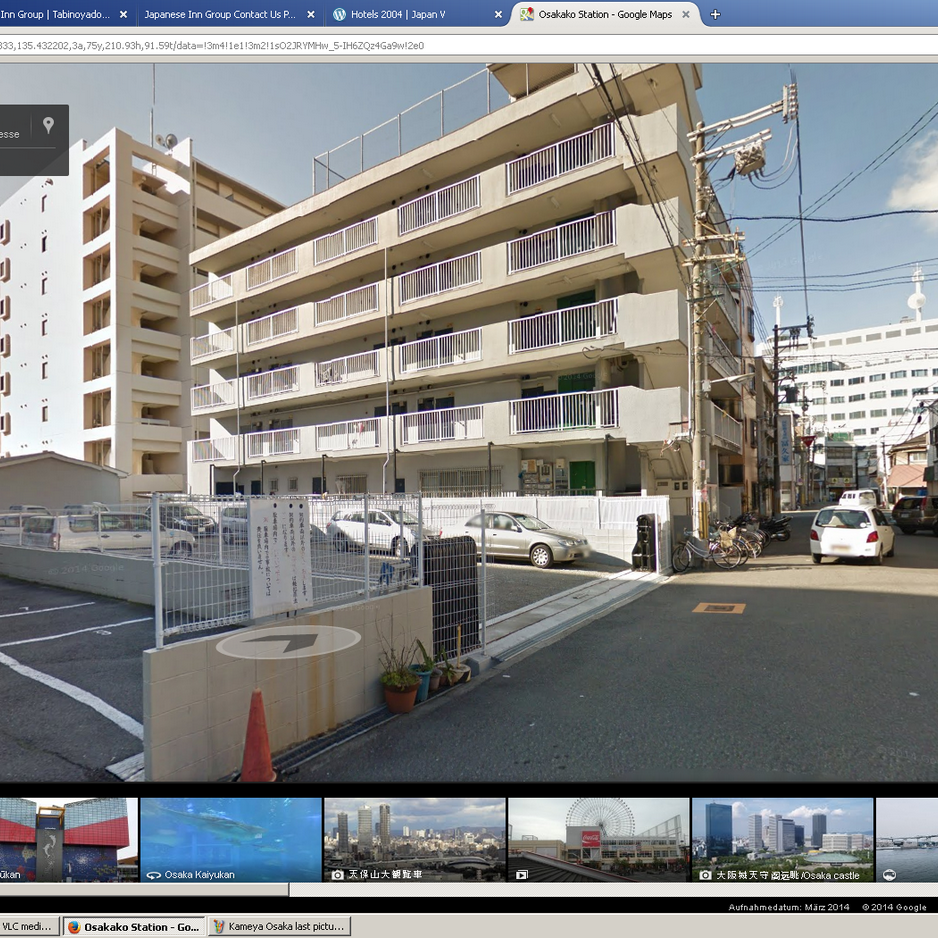Tabinoyado Hokousou / 旅 の 宿 葆 光 荘
14-16 Horikoshicho, Tennoji-ku, Osaka-shi, 543-0056 Japan
— / P: +81.6.6771.7242 / F: +81.6.6771.3737
The Tabinoyado is small familiy business and located in second row. It is not easy to find. But it is an insider tip. The owner couple is surprisingly young (usually you will be welcom by an furui obaasan), very helpful and speaks a good English. My tatami room was in the 2F. The air condition was a little bit annoying because it pointed directly to the futon. Therefore I rearranged the furniture a little bit.
The bath room was a comman bath and provided a big bath tub. It is not a real onsen but the relaxing factor is the same. Breakfast was served in a room, that provided a direct view to the wooden contruction of the roof. In 2F was also a small gallery with hundreds of manga waitingto be read.
Surrounding: The Ryokan is very close to Tennoji train station, the second important station in Oosaka. Here the train to Kansai airport starts, and also many trains into the Kansai area. The loop line stops here too. The ryokan is located in second row within an area with many izakaya. It looks a little bit like bad neighborhood, a place you usually go around. But it is ok. The izakayas are not the best place in town. They are more for the locals. I compare them to old taverns at the harbour where you risk to get shanghaied. The Tennoji park is just around the corner and the TV tower, symbol of Oosaka and the Kansai are is away 1km by walk.
Getting there: That’s easy. Get a train to Tennoji and use the north exit. Using the correct exit you are at a street that divide into two streeks right handed side. There is a traffic light in front of you and a narrow alley next to it on the other side of the street. Enter this alley and go into the third street on the left. It is the first street without a roof. Before this street ends, there is a wooden door on the left. It is easy to overlook. All together you have walked 150m.
Hotel Vista / ホ テ ル ビ ス タ 京 都
47 Higashi-kujo-kamitonoda-cho, Minami-ku, Kyoto, 601-8002 Japan
— / P: +81.75.693.8444 / F: +81.75.693.8448
In Kyoto I decided for a business Hotel because I wanted to avoid a curfew. I also looked for a place close to the train station.
The Hotel: The hotel is a so called business hotel; a simple and straight design. The rooms are western style, small and functional and include a bath room with tub. There was no hotel bar. The breakfast was a western/japanese mixed (all you can eat) buffet. The advantage is, that you can go for stuff you know or want to try and skip the rest (like these japanese vegetables and fish for breakfast). Check-in and check-out are easy, just swipe your credit card. If you want to know want a business hotel is: The Vista is a good example.
The Room: is small. You have a small desk for your notebook. If you have a big trolley you should consider to book a double room. Otherwise your stuff is always blocking the way. The bath room is one of these all-in-one-cubicles. But: All you want is a bed and a clean bath room. That is what you get. The hotel is a little bit like a secret club. The reception is the third floor and there is no lobby. On street level there is only the elevator door.
Surroundig: You are at the south side of Kyoto Eki. All tourist attraction are in Kita Kyoto (North). It is a 20min walk to the western or the eastern temple. But with 3min walk to the station and a train ride of three station you are damned close to the famous Inari-Shrine. For exploring Kyoto there maybe better locations. But if you want to use the train a lot (Nara, Uji, Oosaka), this hotel is your place.
Getting there: The biggest obstacle is to find the North-South-Passage of the train station. You are always at the wrong level. If you found it, there is a escalator downwards to the street level. Just use the traffic light in front of you. The hotel is right on the other side. The door is at the side towards the side street. There is no lobby just two elevator doors. Believe me, it is extremly easy to overlook the hotel and the entrance door. Reception is in 3F. The only floor accessable without the door card.
Sumiyoshiya Ryokan / す み よ し や 旅 館
54 Jukken-machi, Kanazawa, Ishikawa, 920-0906 Japan
post@sumiyoshi-ya.com / P,F: +81.76.221.0157
Behind the sliding door is a typical ryokan waiting for you. It is not completely traditional and therefore many similar to the majority of al the ryokan. My tatami room was upstairs and had a private toilet and a small floor where I could park my stuff. The common bath room was downstairs. The breakfast room was a little bit youth hostel style.
Surrounding: The Ryokan is in parallel street to the fish market that marks the city center of Kanazawa. The castle is 5 min away by walk. In the fish market you also find shops for souvenirs and some Izakaya and Sushiya.
Getting there: Leave the tain station at the main gate. You are at the bus terminal. Here you also se a big wooden construktion. Follow the street in front if you. it will bring you to the entrance of the fish market. Turn right, and then left on the first street that is not part of the market (you will see what I mean). After 150m the ryokan is on left side. THe whole way is 1 mile long. You may want to use a taxi.
Choyomon / 長 ヨ 門
418 Ainokura, Nanto (Gokayama), Toyama, 939-1915 Japan
The ryokan is in an ancient house built in the Gassho-Zukuri-style. There is not central heating and the walls are thin as the paper sliding door. You can hear the neighbors whispering. In the center of the house is the living room with an open fire place. The guest rooms are around the central place. In winter time the only heat source is a kerosin burner that it sturning of itself every two hours for security reasons. The rooms turn into a freezer if you don’t wake up on time to switch it on again. This is part of the experience you habe booked. The way to the toilet is also not heated. I real challenge on a winter morning. Dinner and breakfast are included in the price. It is very nice sitting around the fire place.
Surrounding: Ainokura is a small village with 2 dozen houses. The of them are converted into tiny museum. Beside that you can walk in the mountains, unless you get snowed in. There is nothing else to do but enjoying to do nothing. There is also a small souvenir shop.
Getting there: The bus from Shirakawago to Toyama stops at Ainokura. The bus stop is not in the village but 500m away. You cannot see the village unless you follow the road for a half mile. After entering the village turn left on the first „junction“. It is the second house. There is a wooden plate with the name of the house hanging on the wall. Just remember the Kanji.

